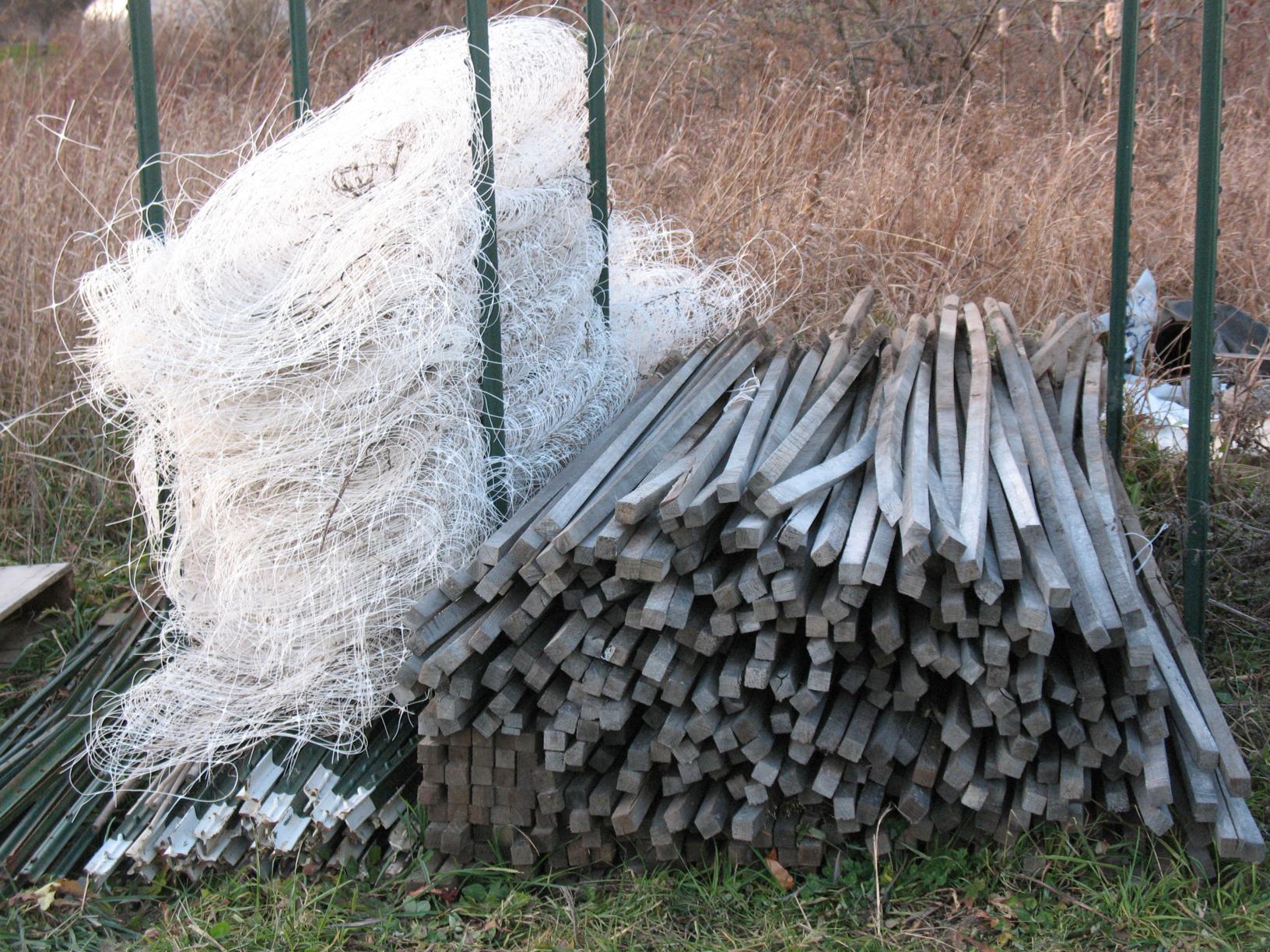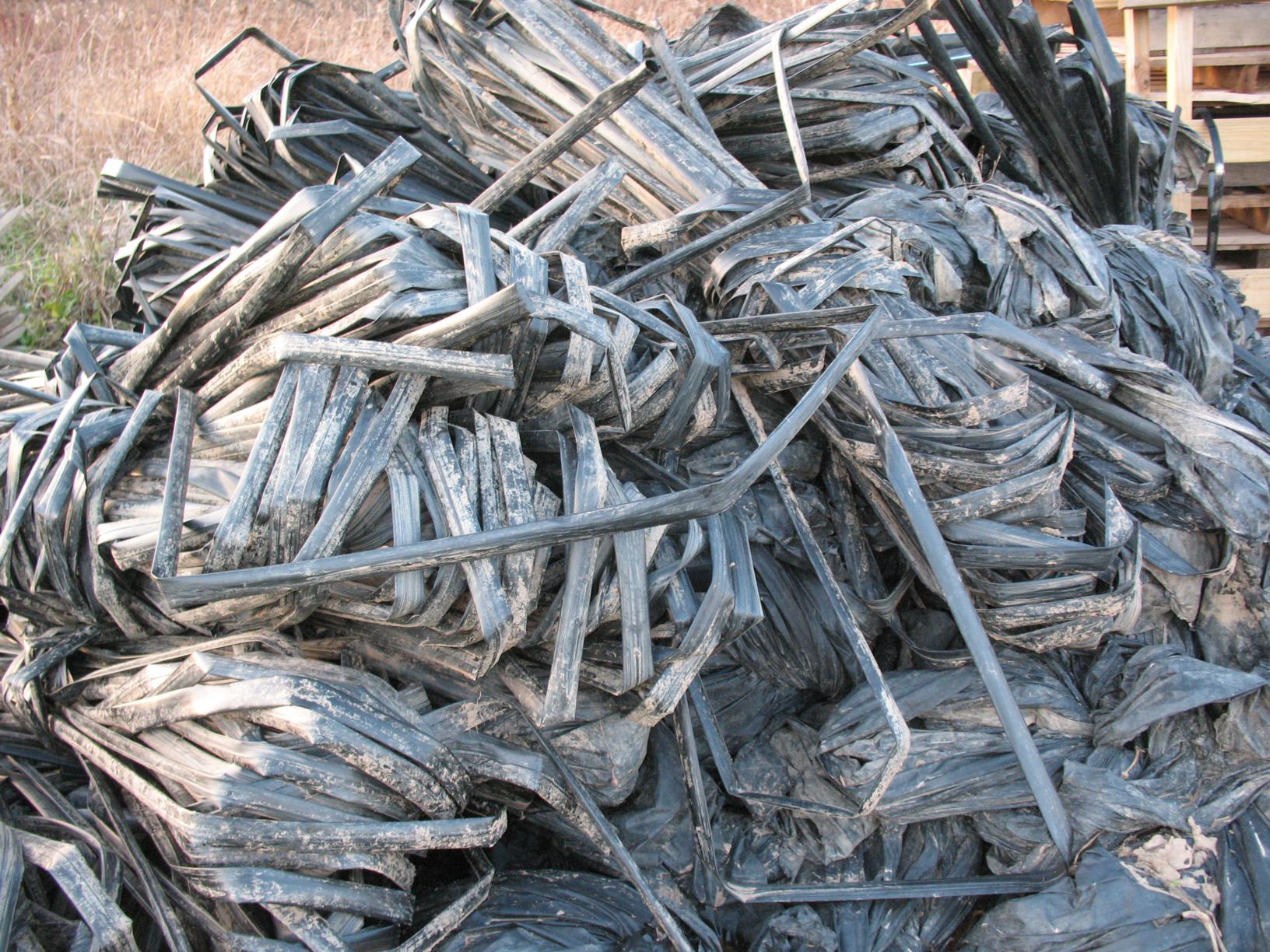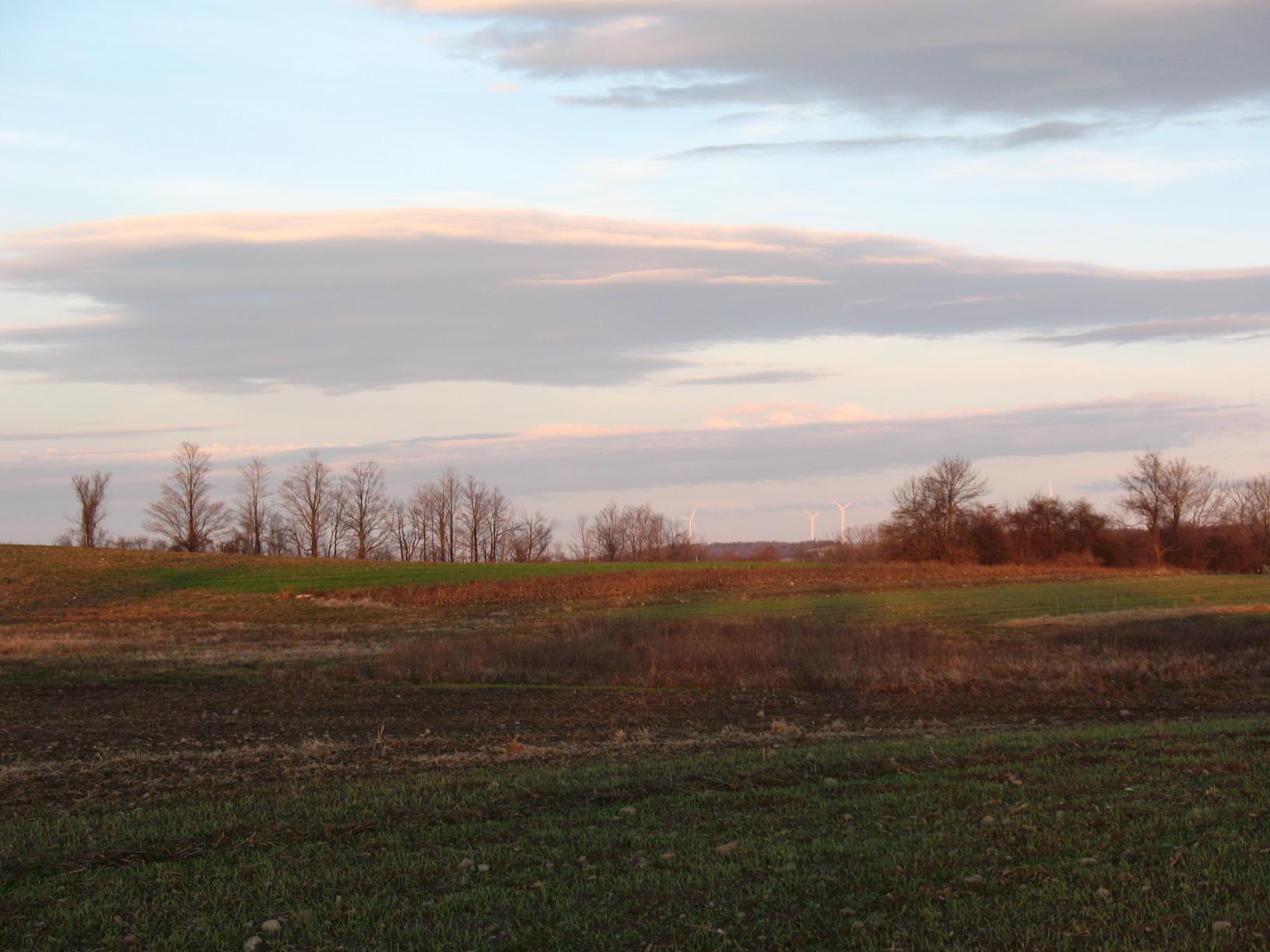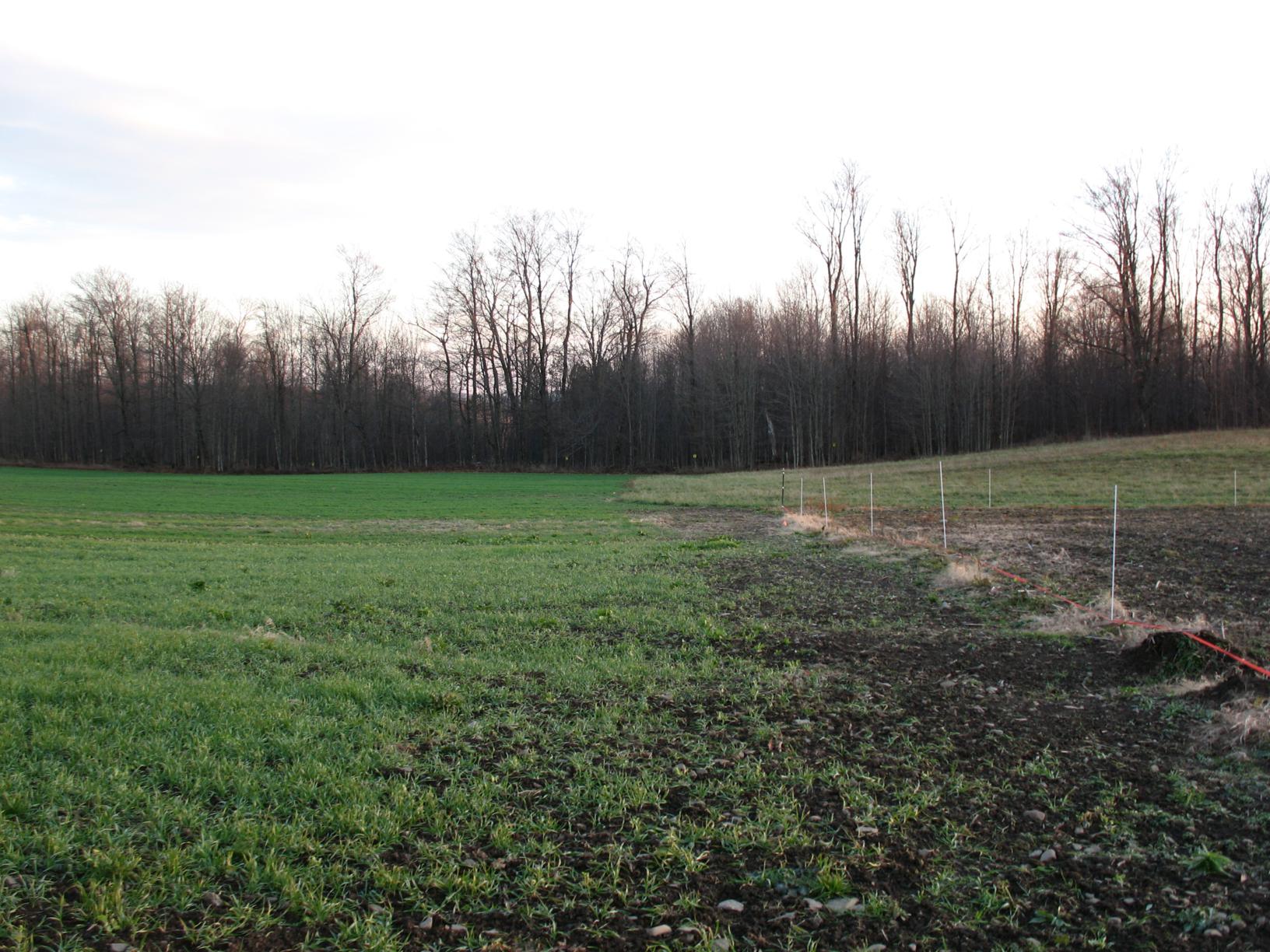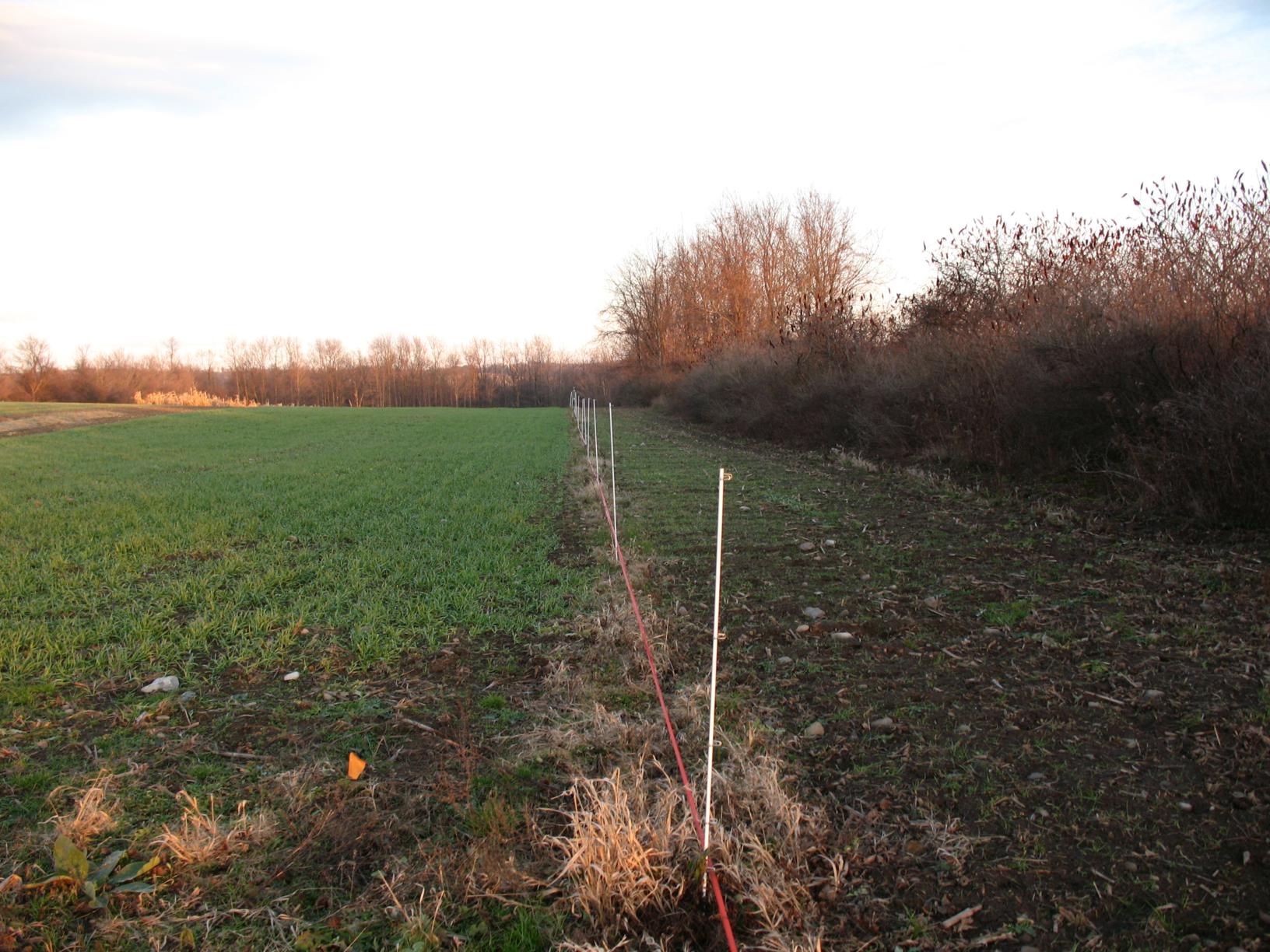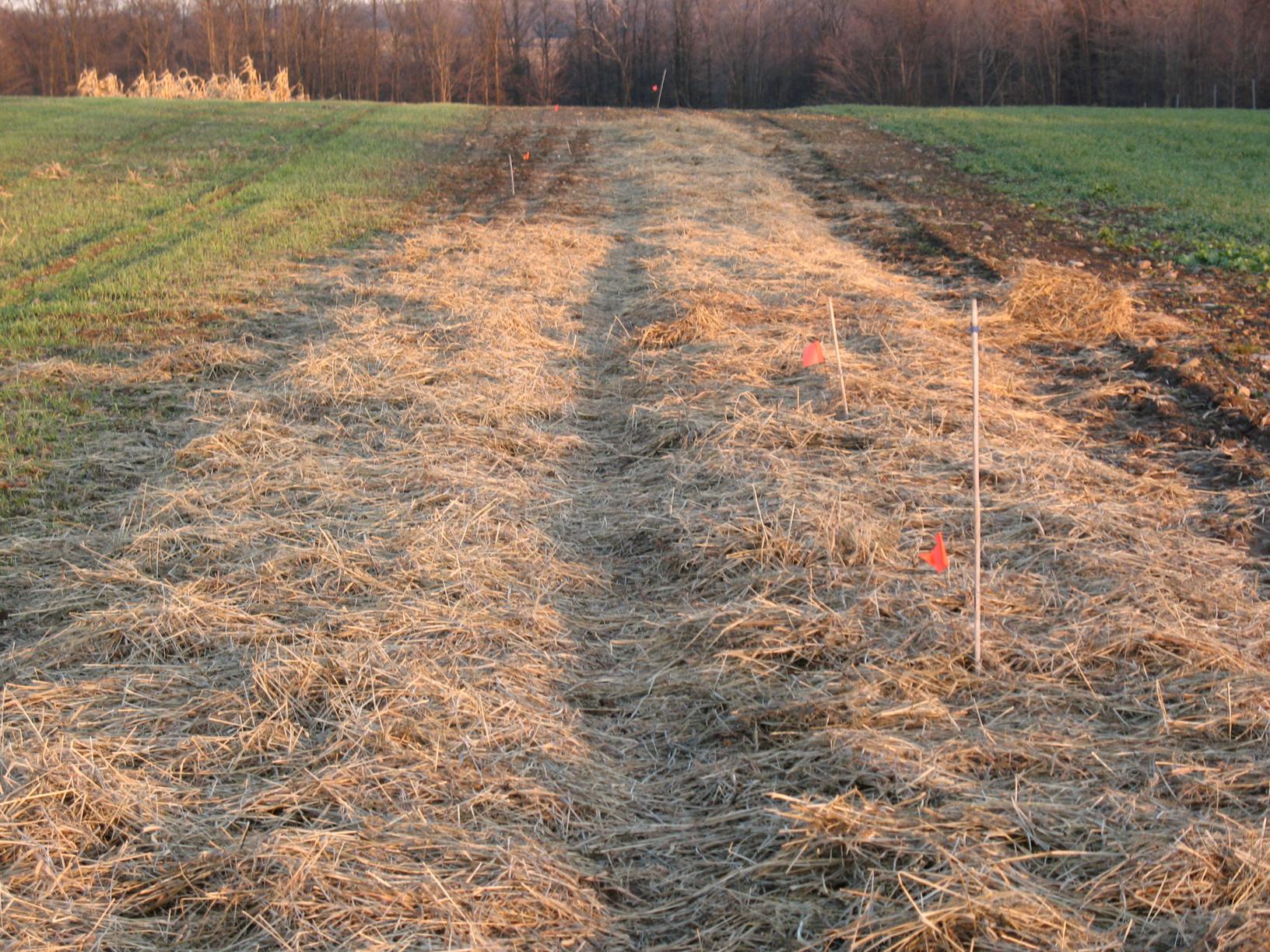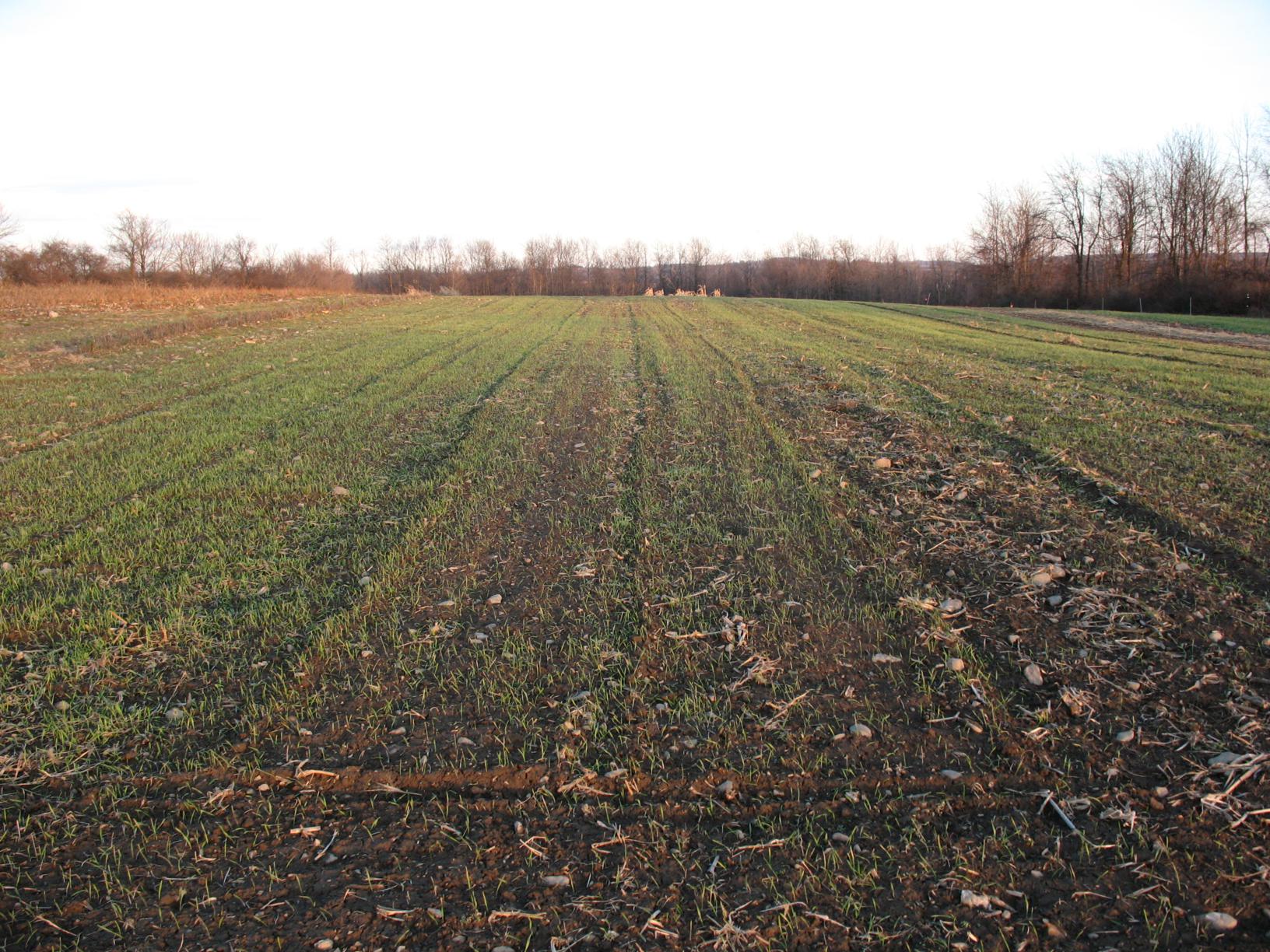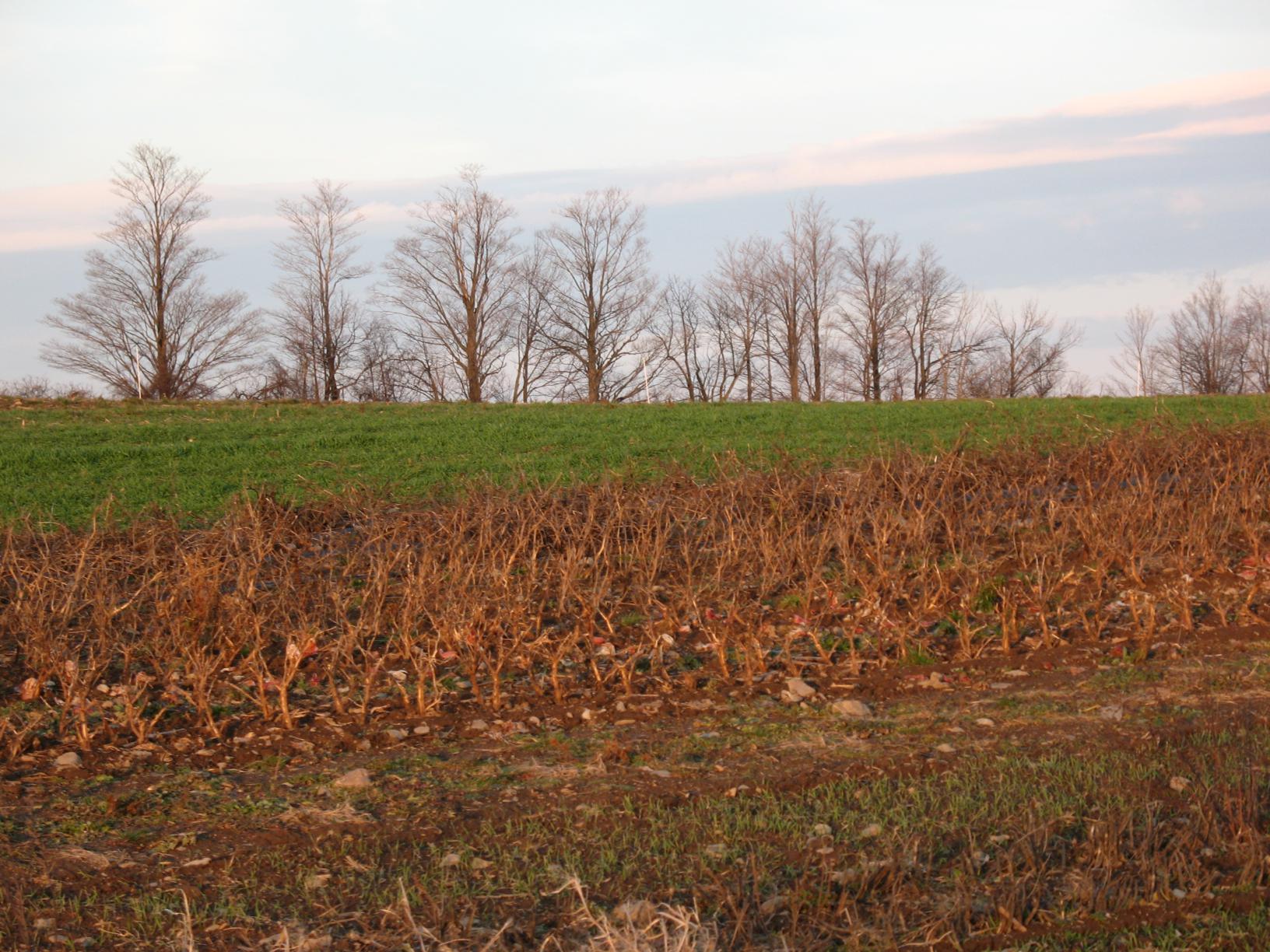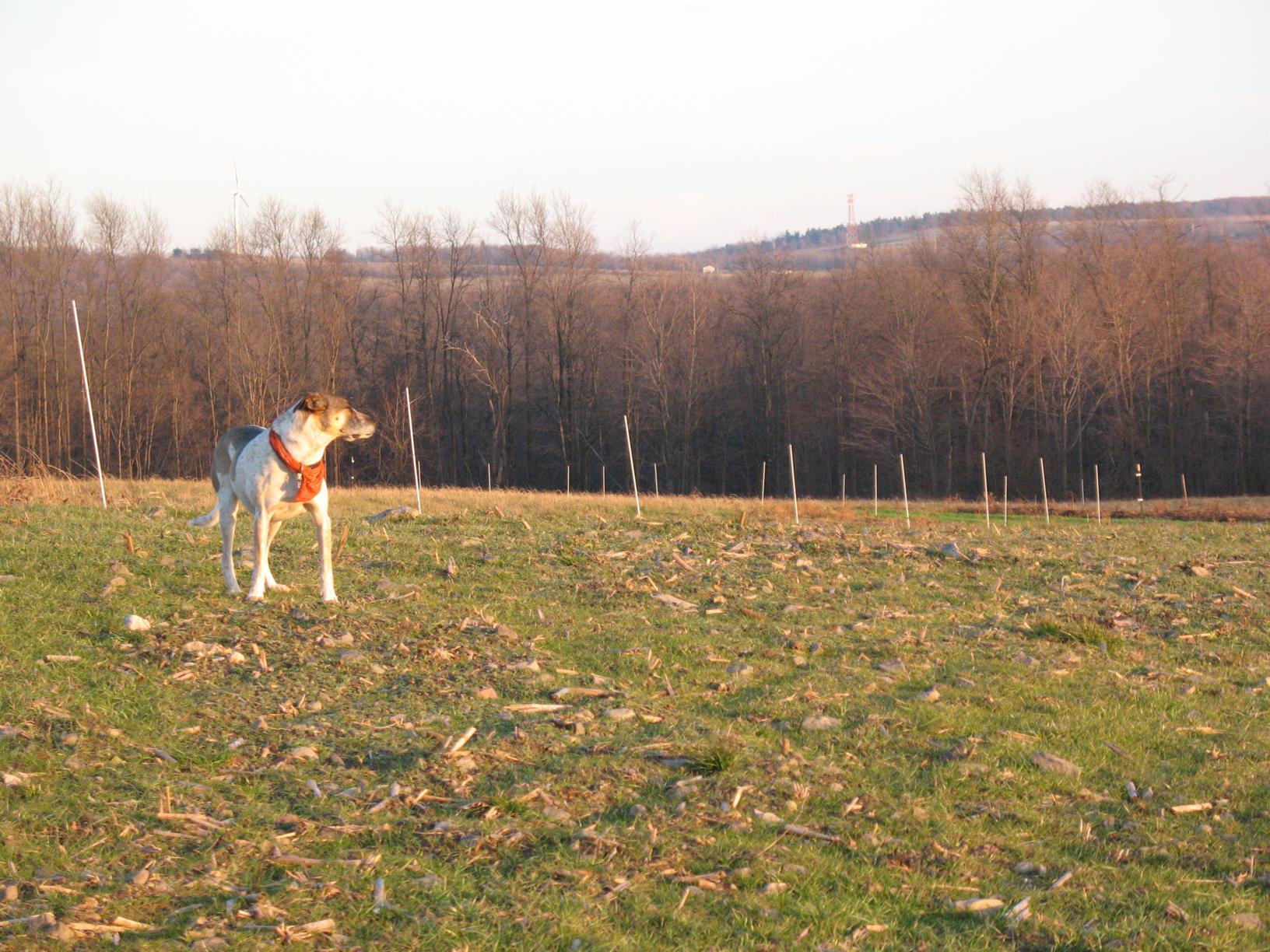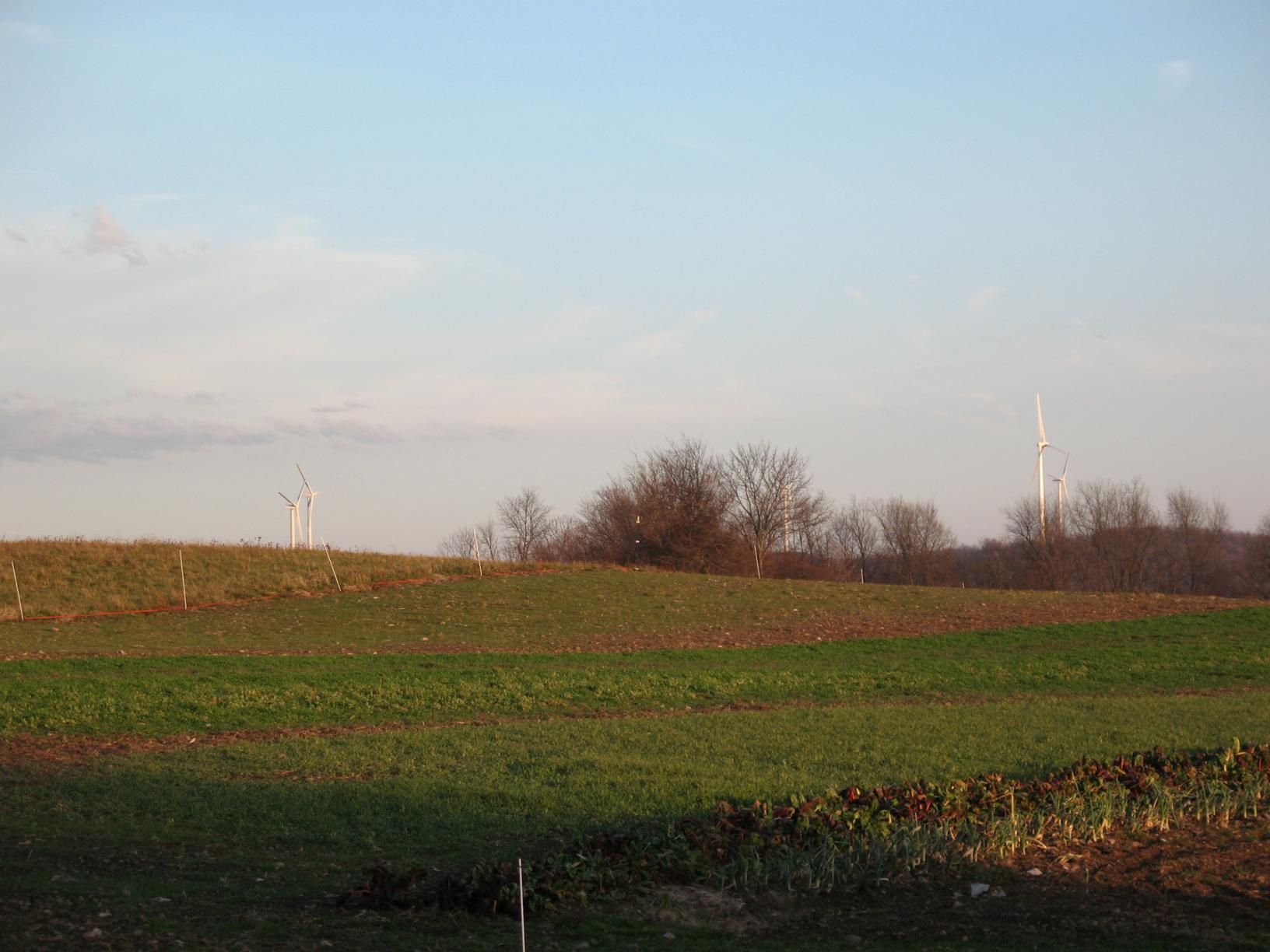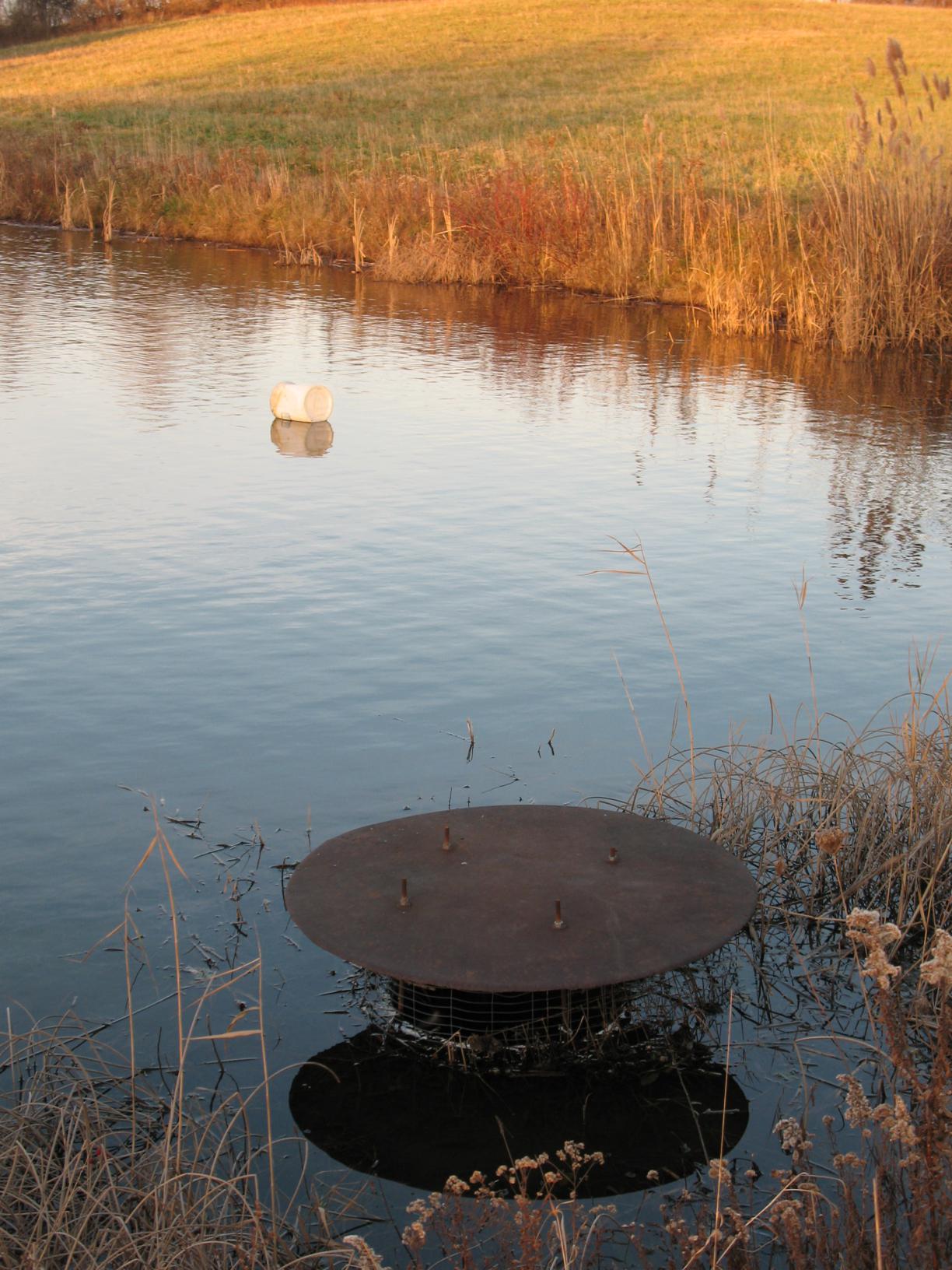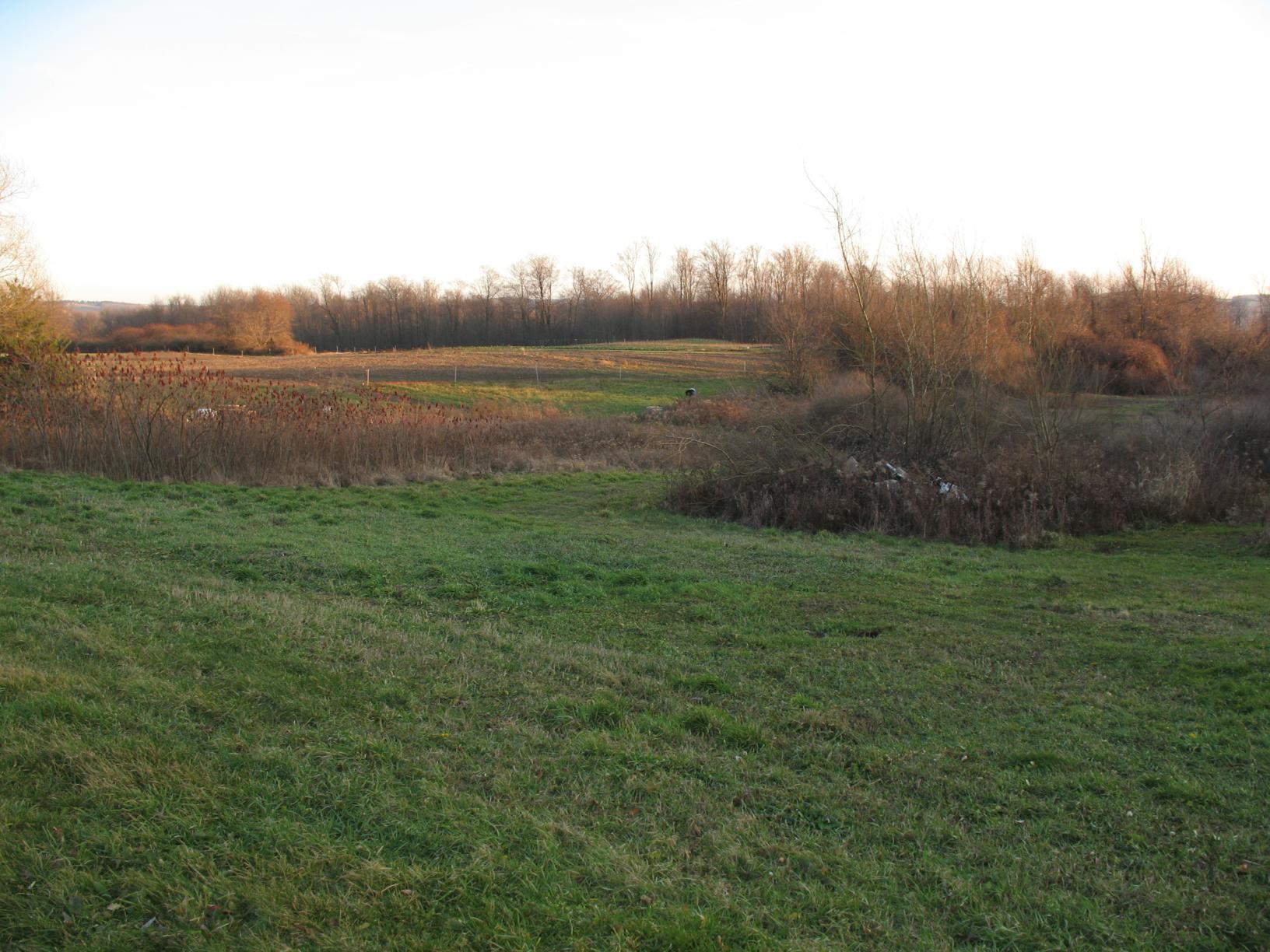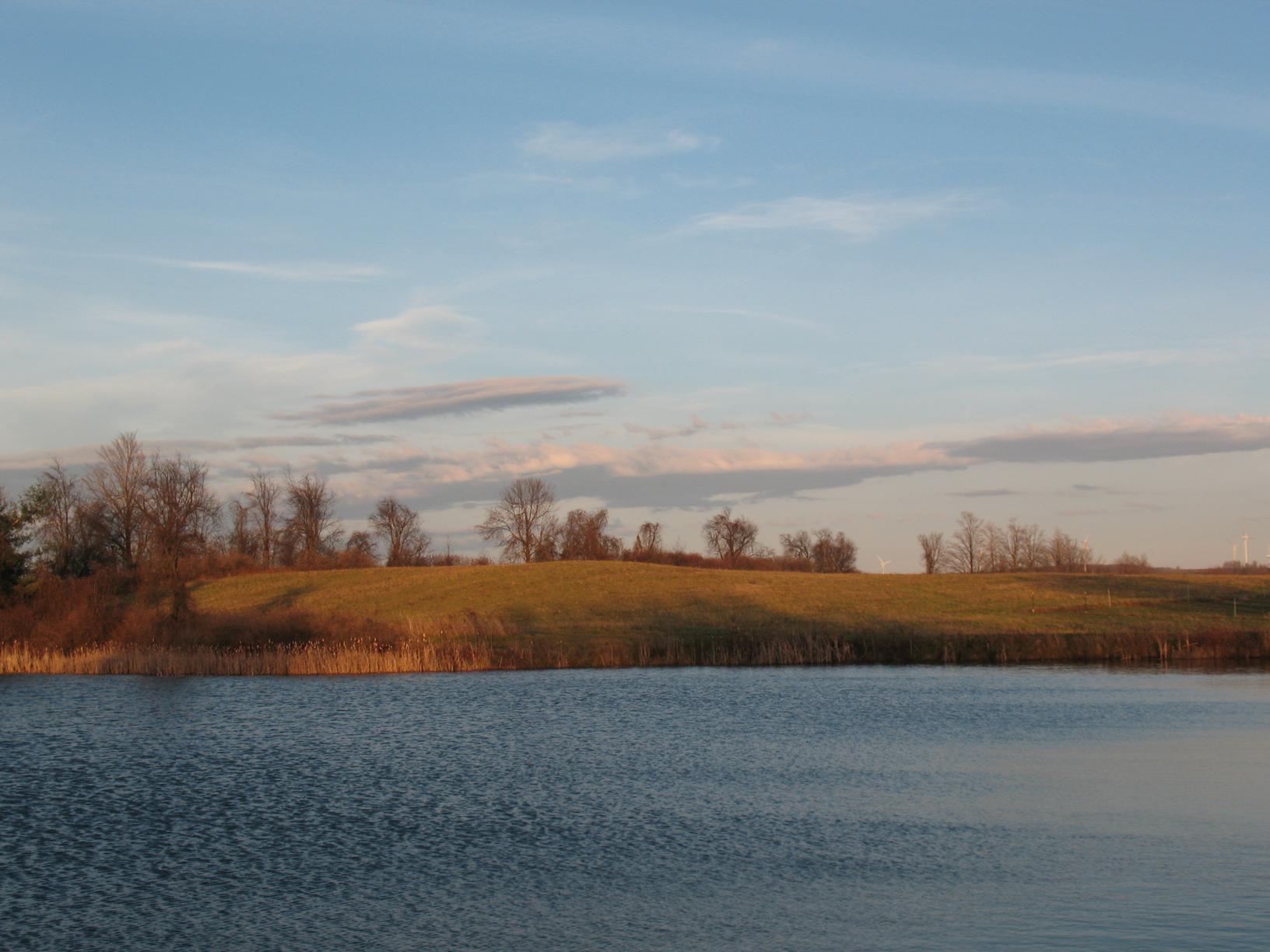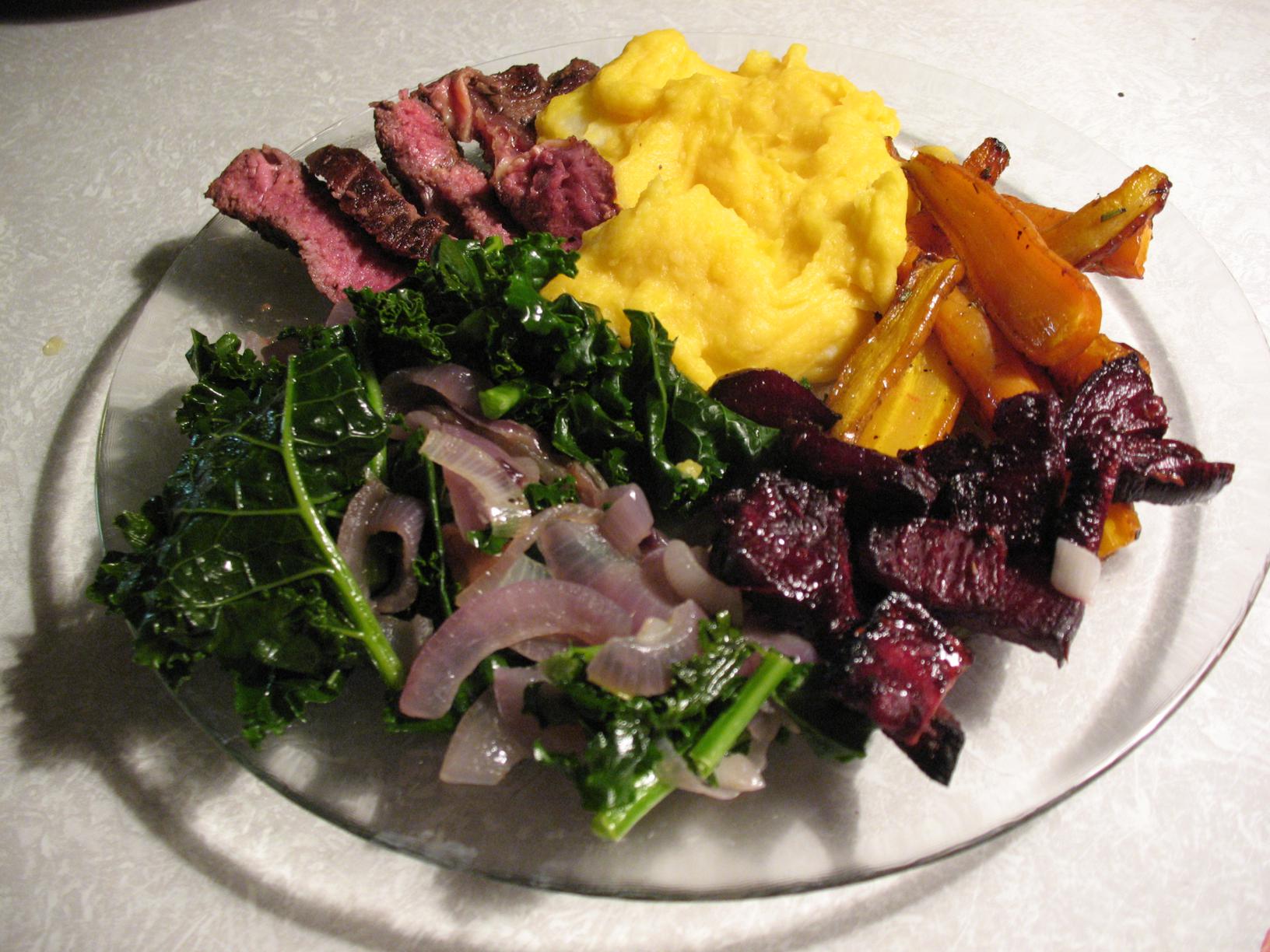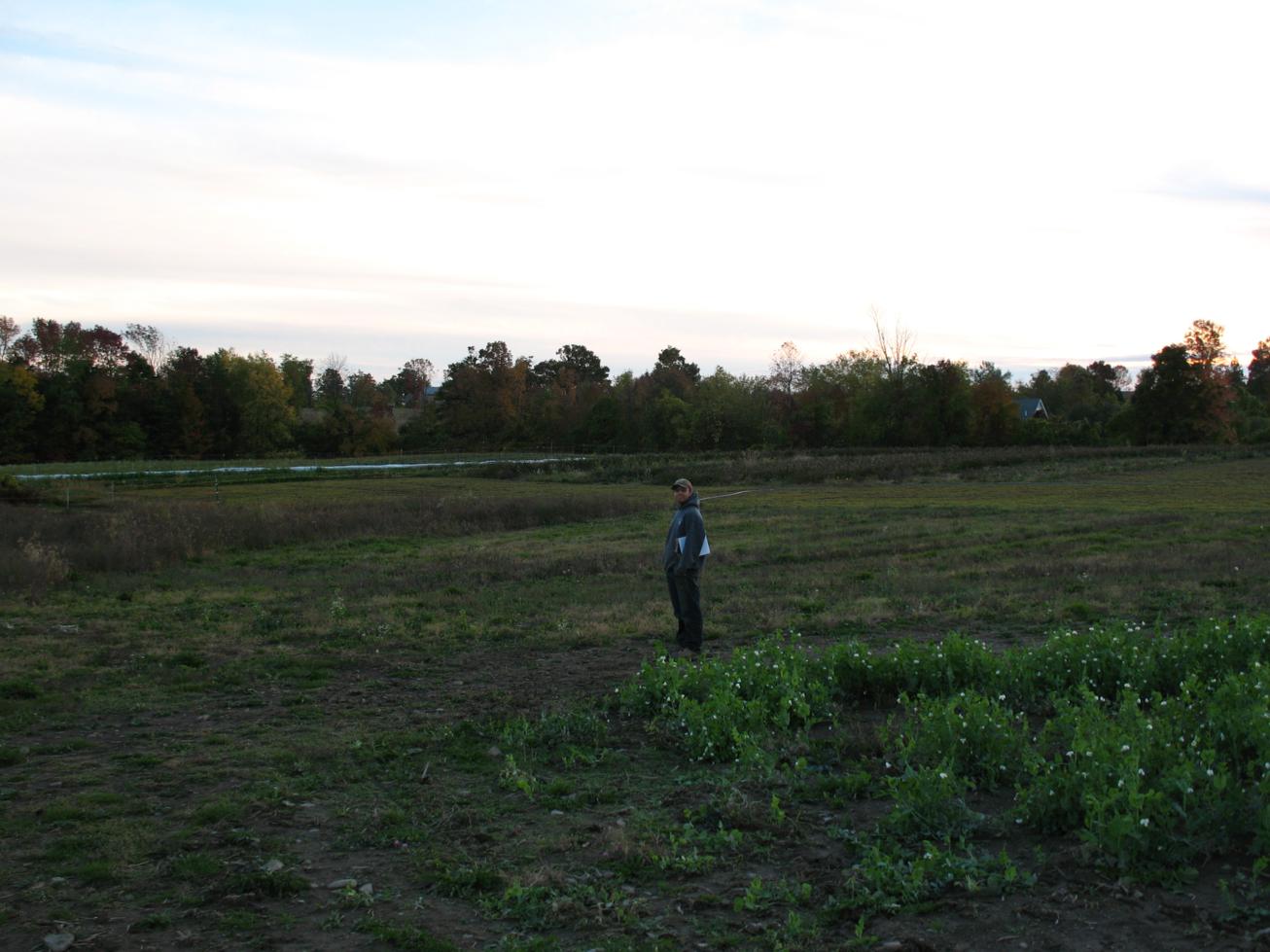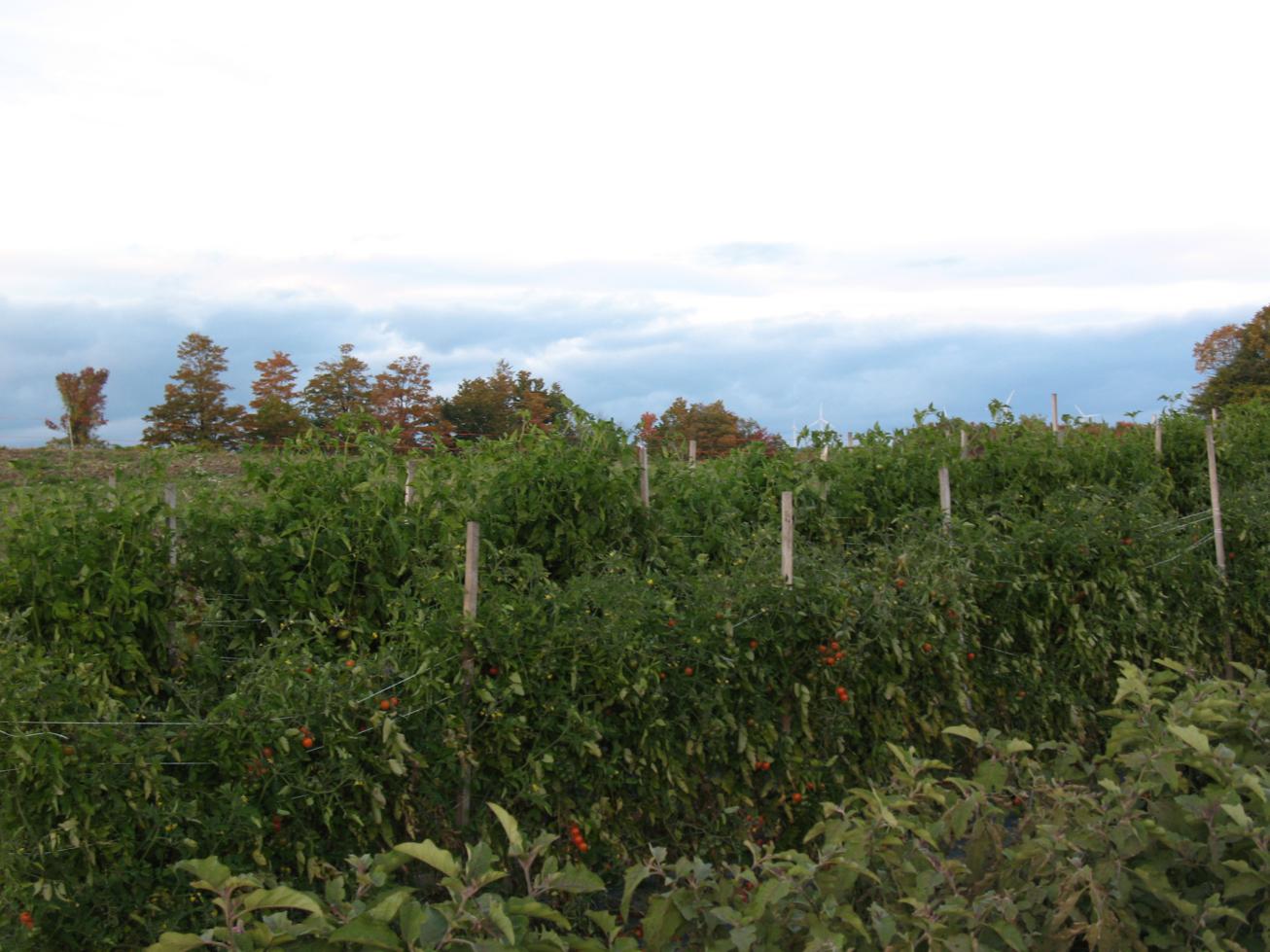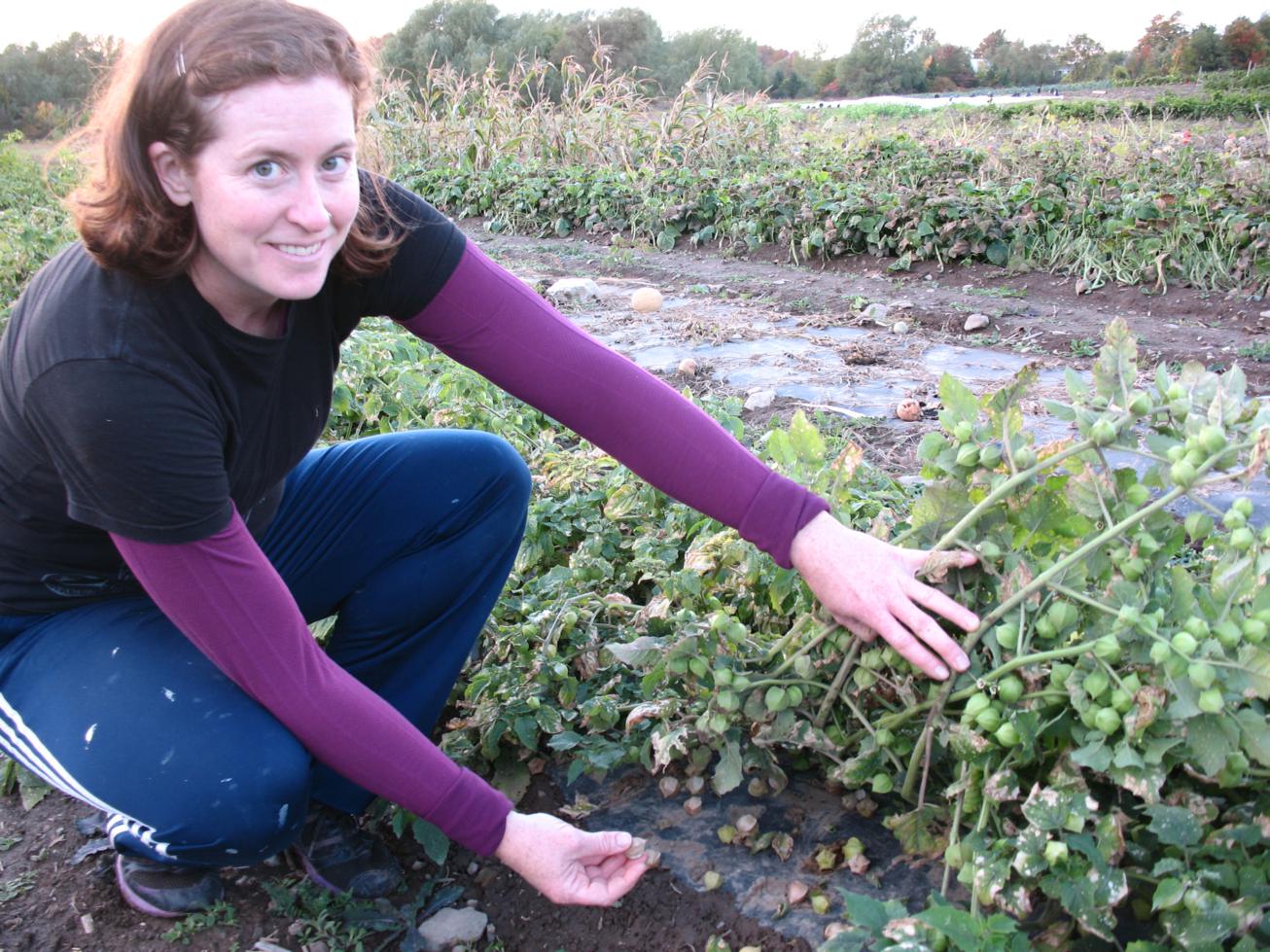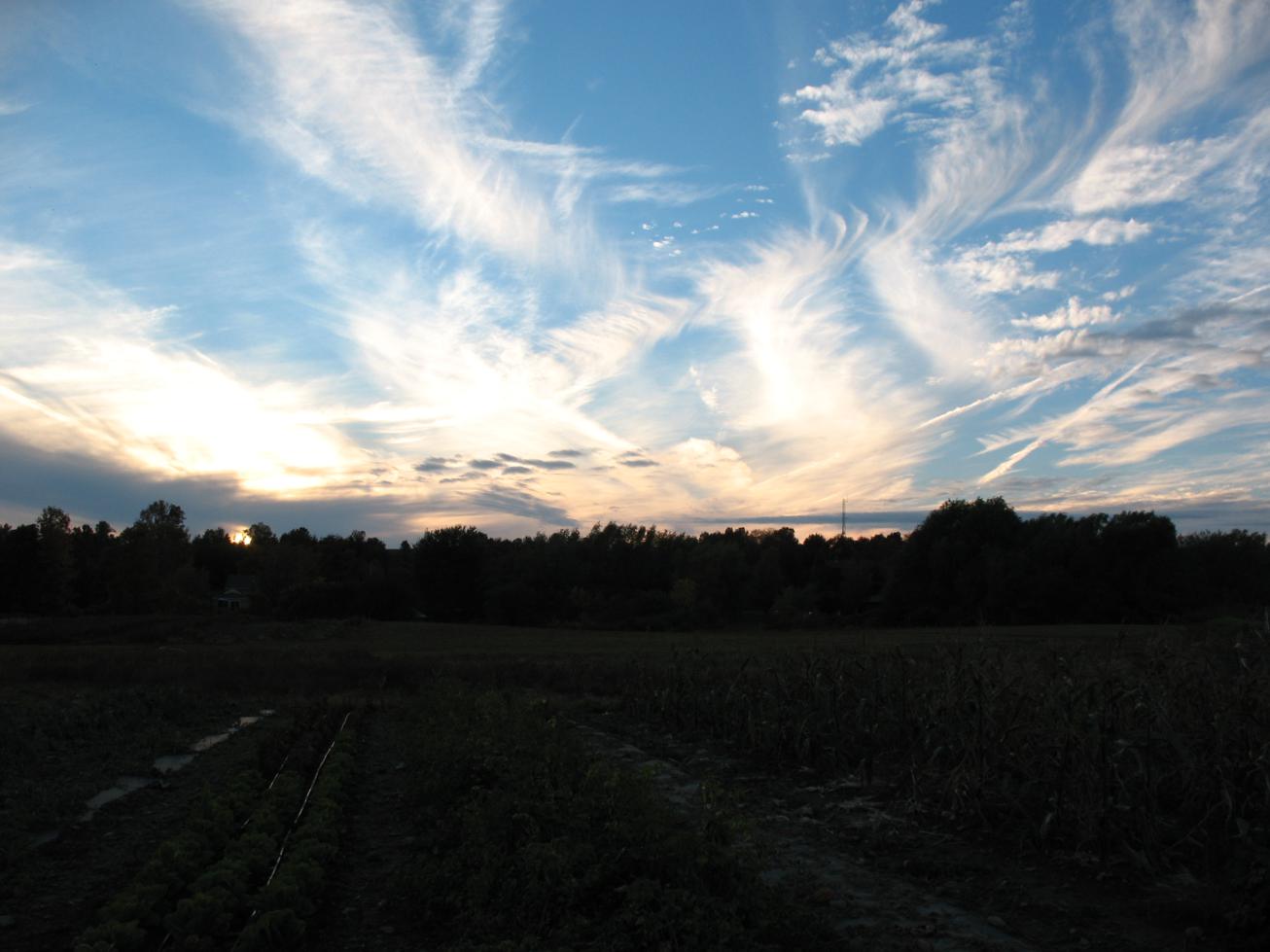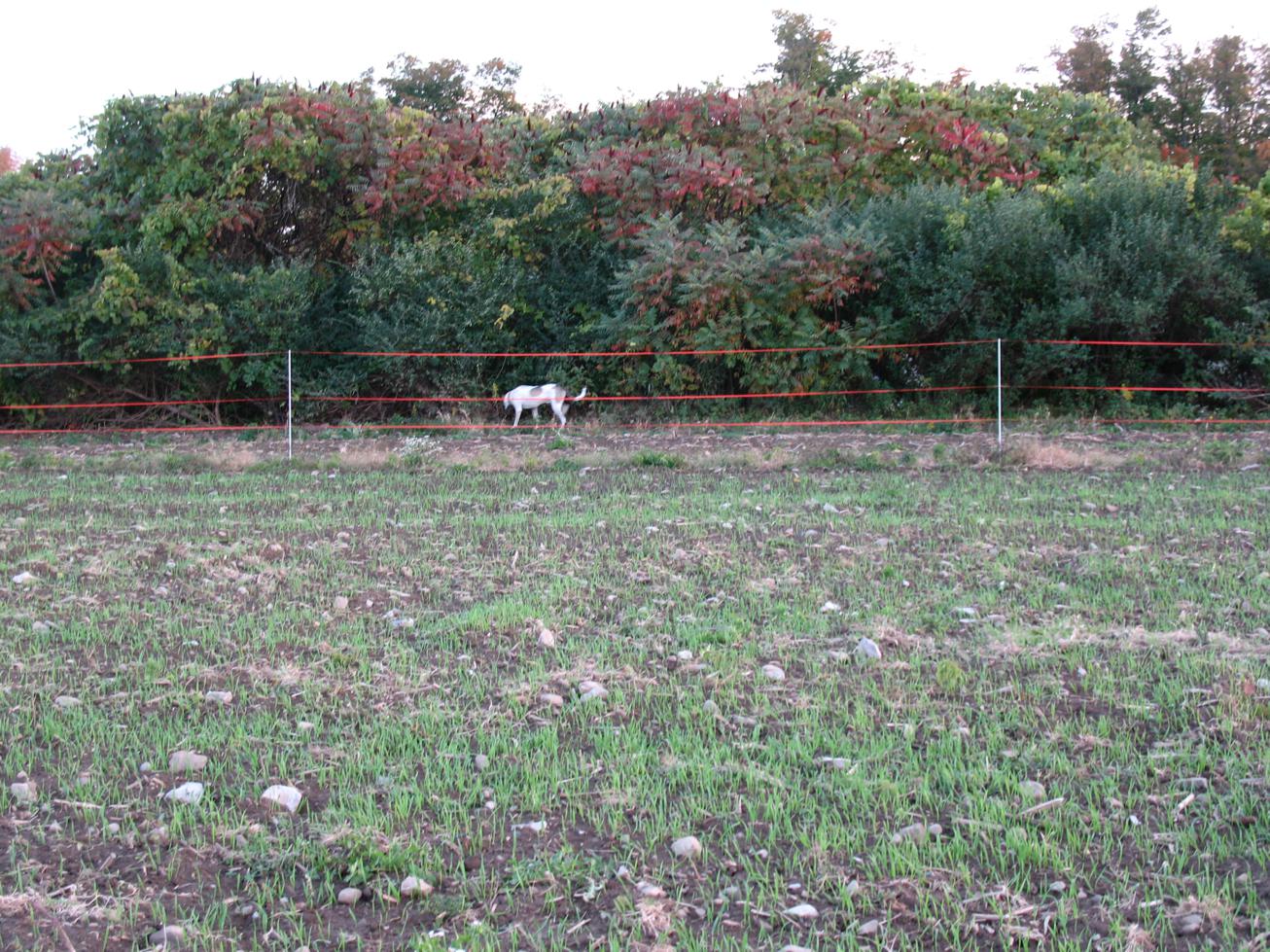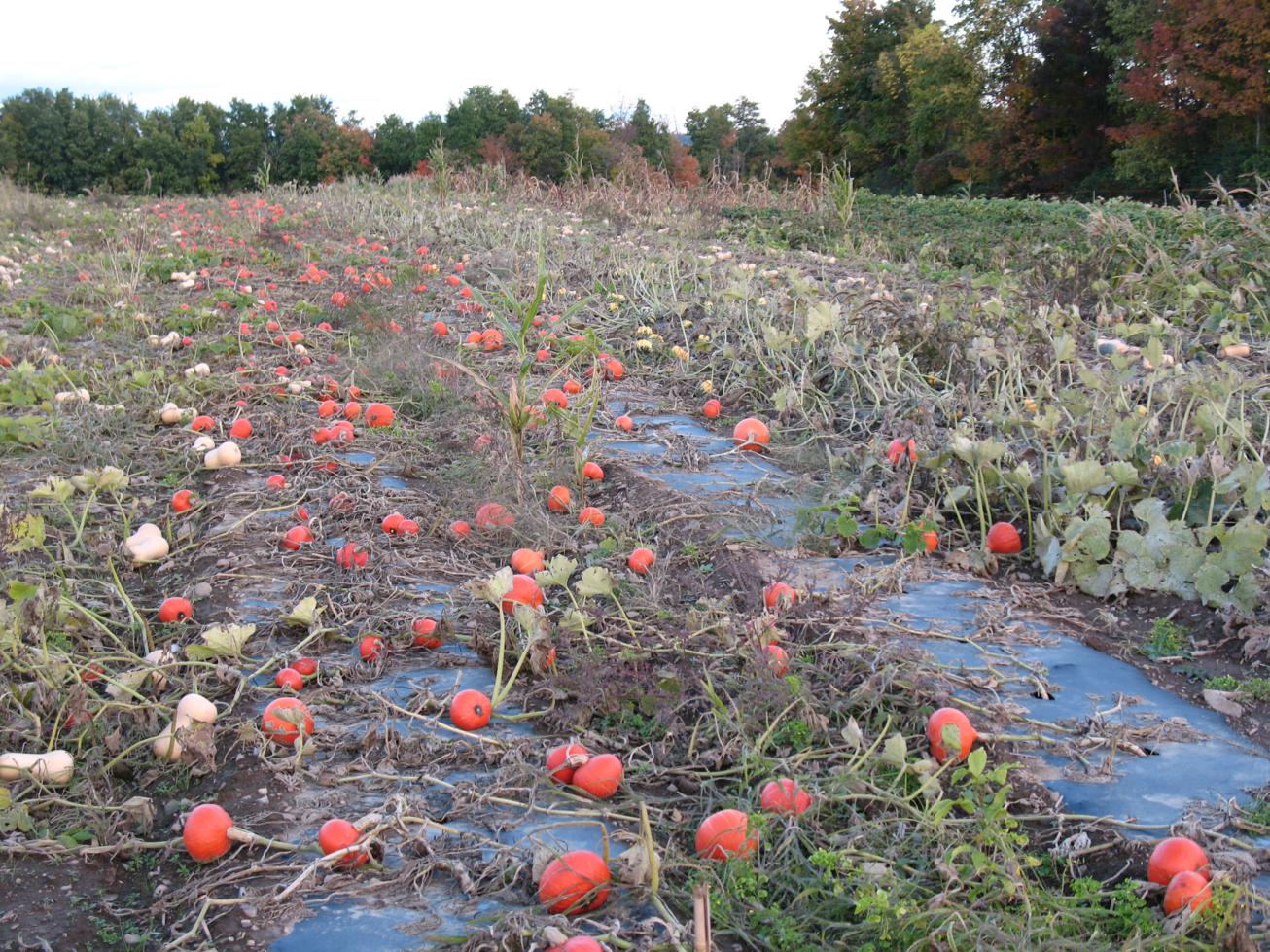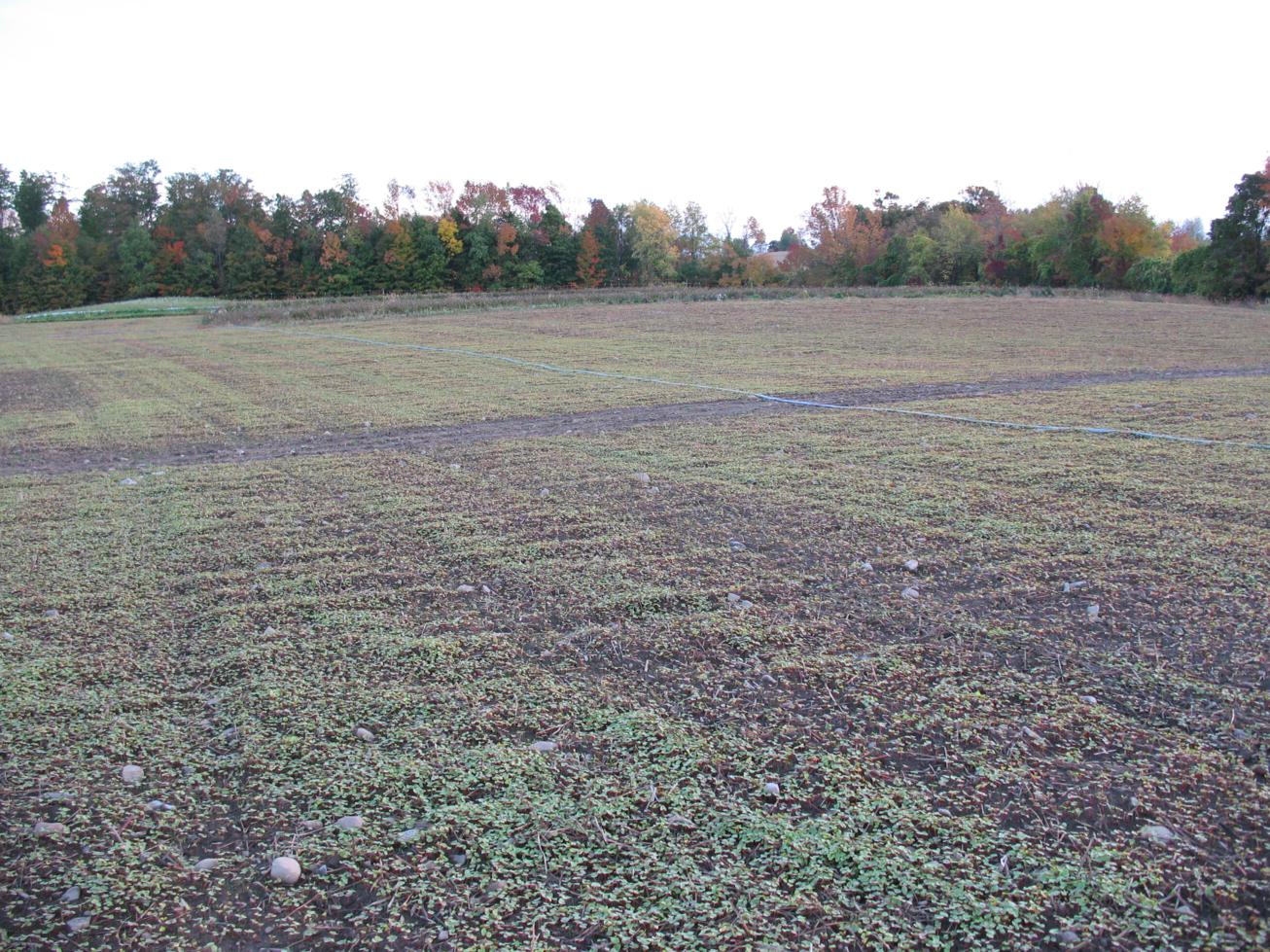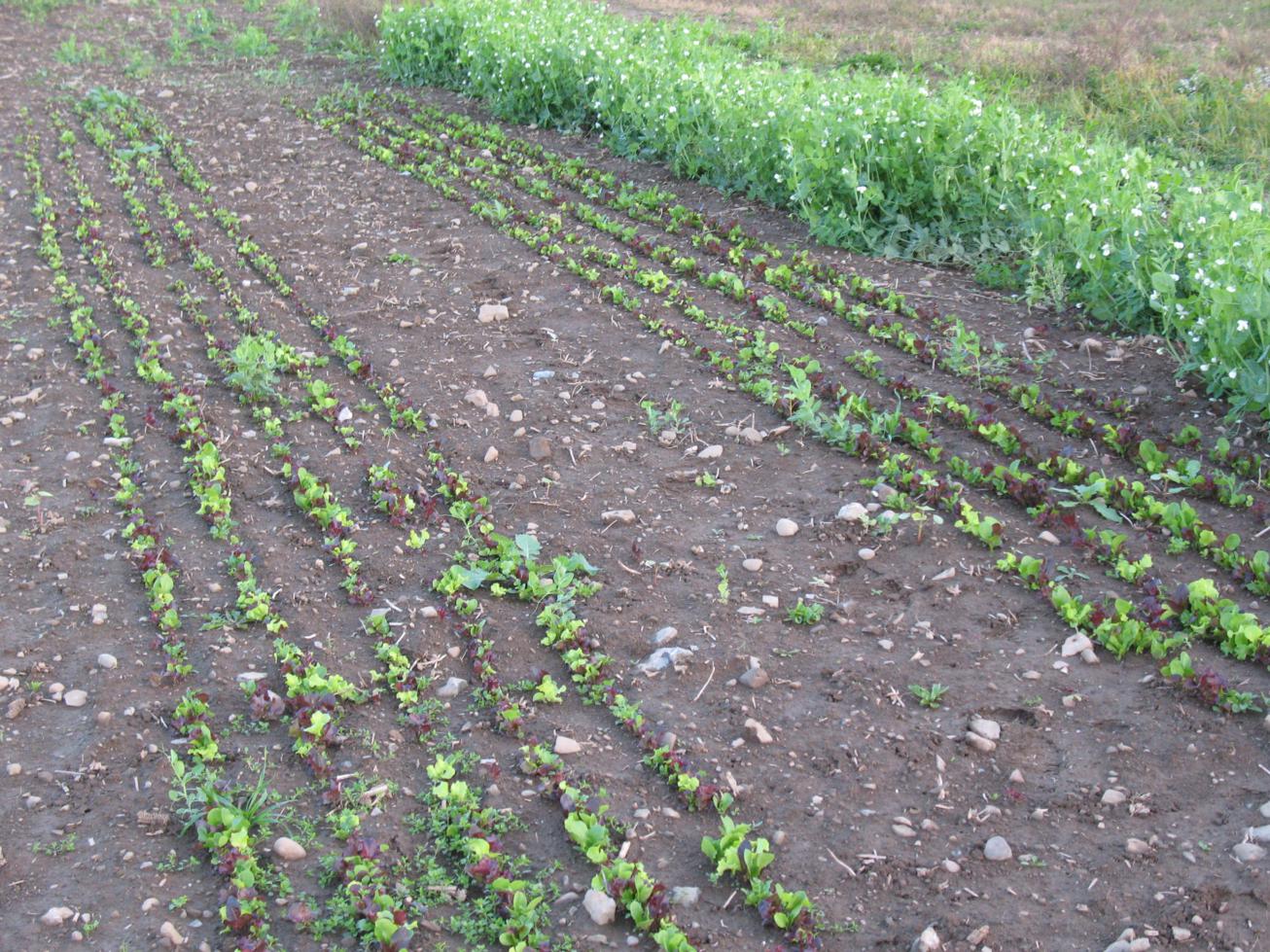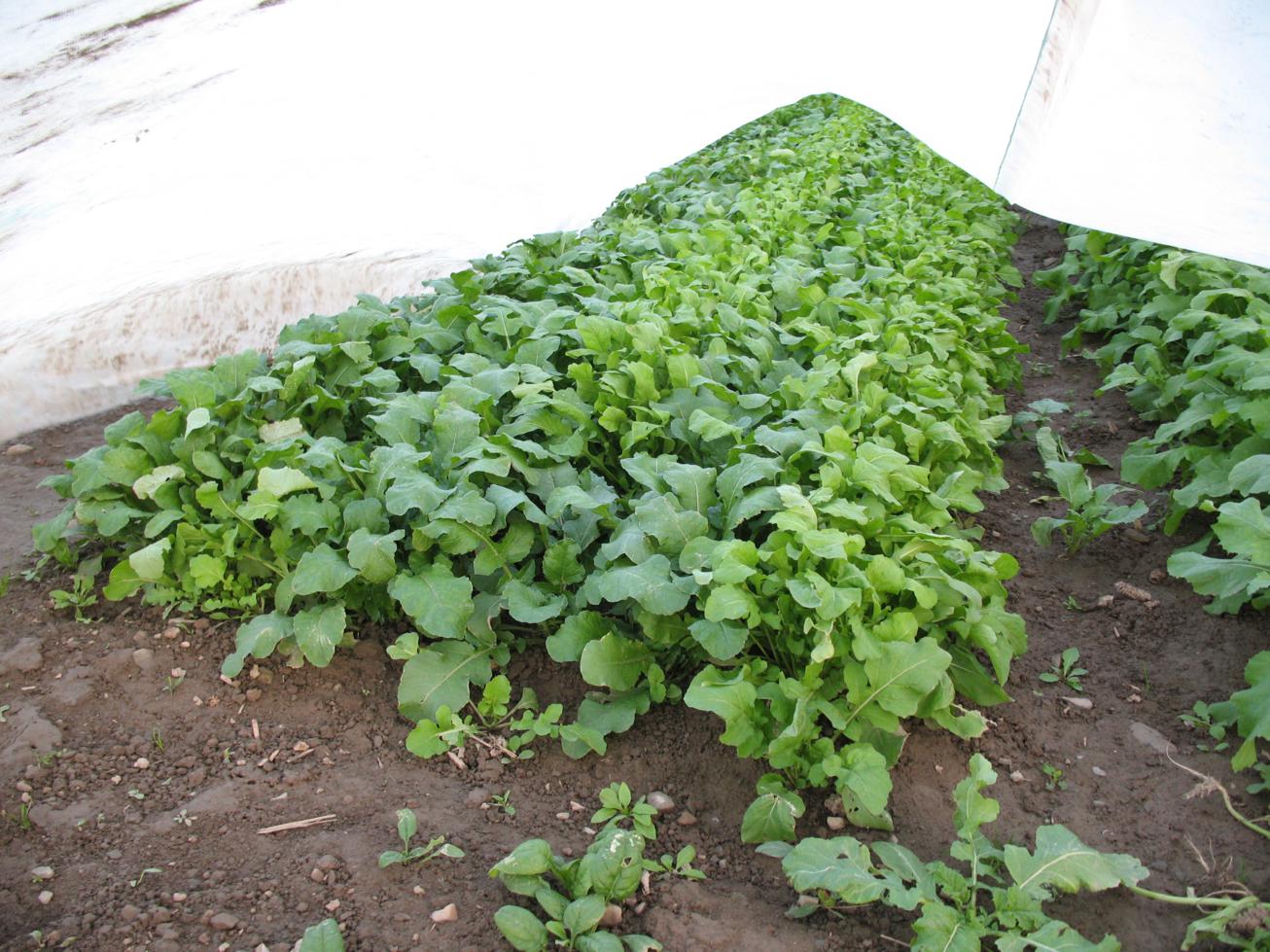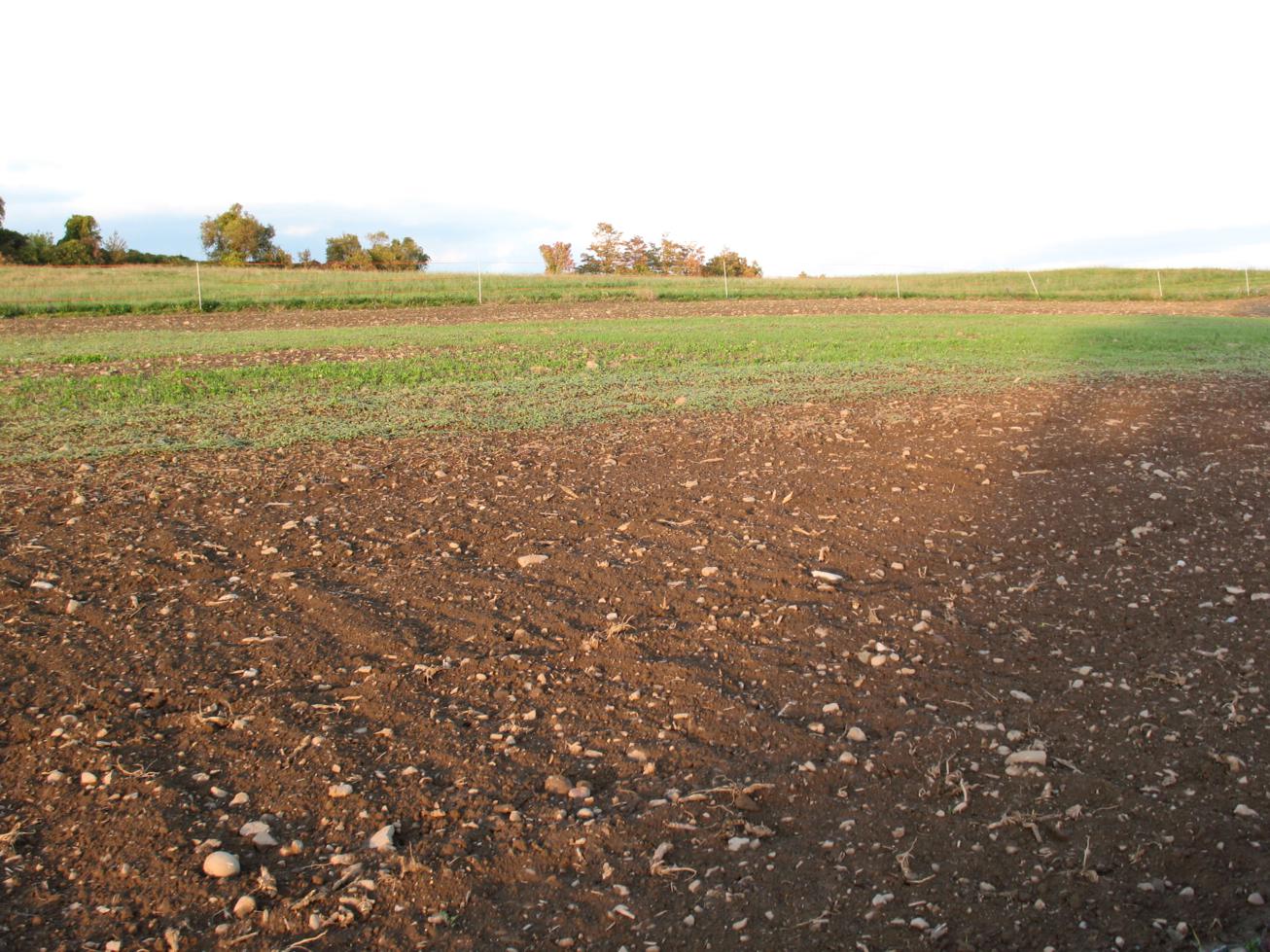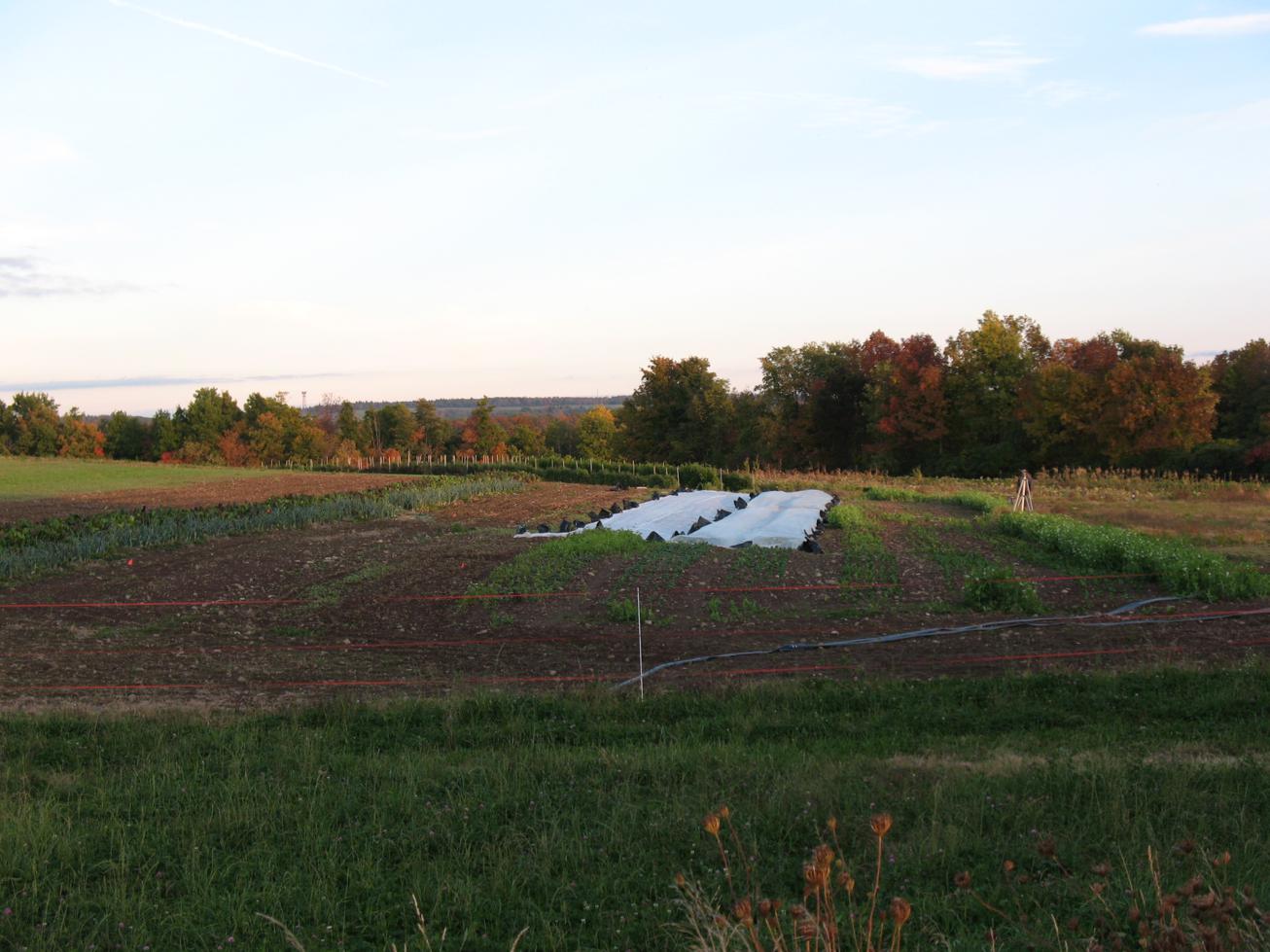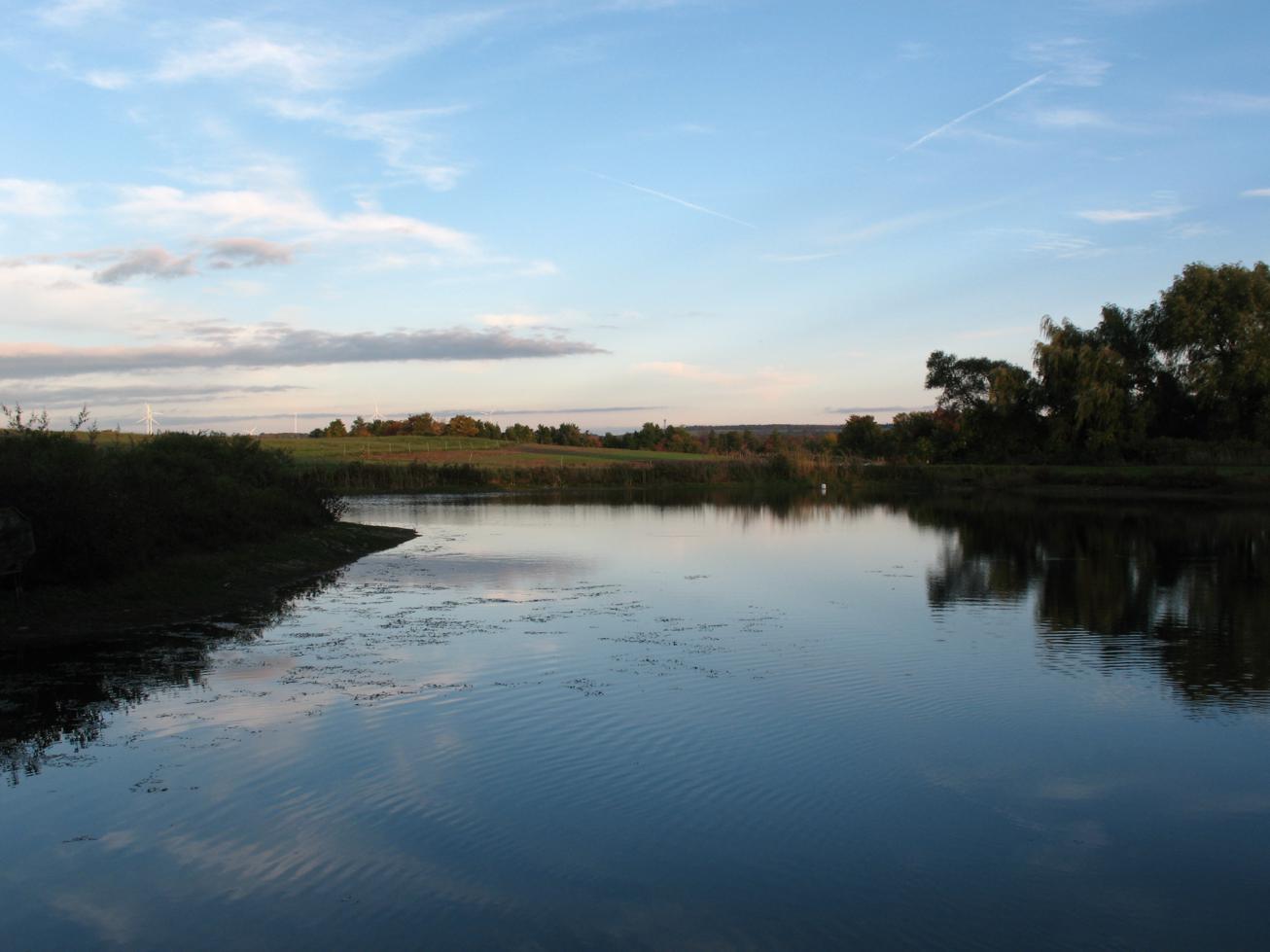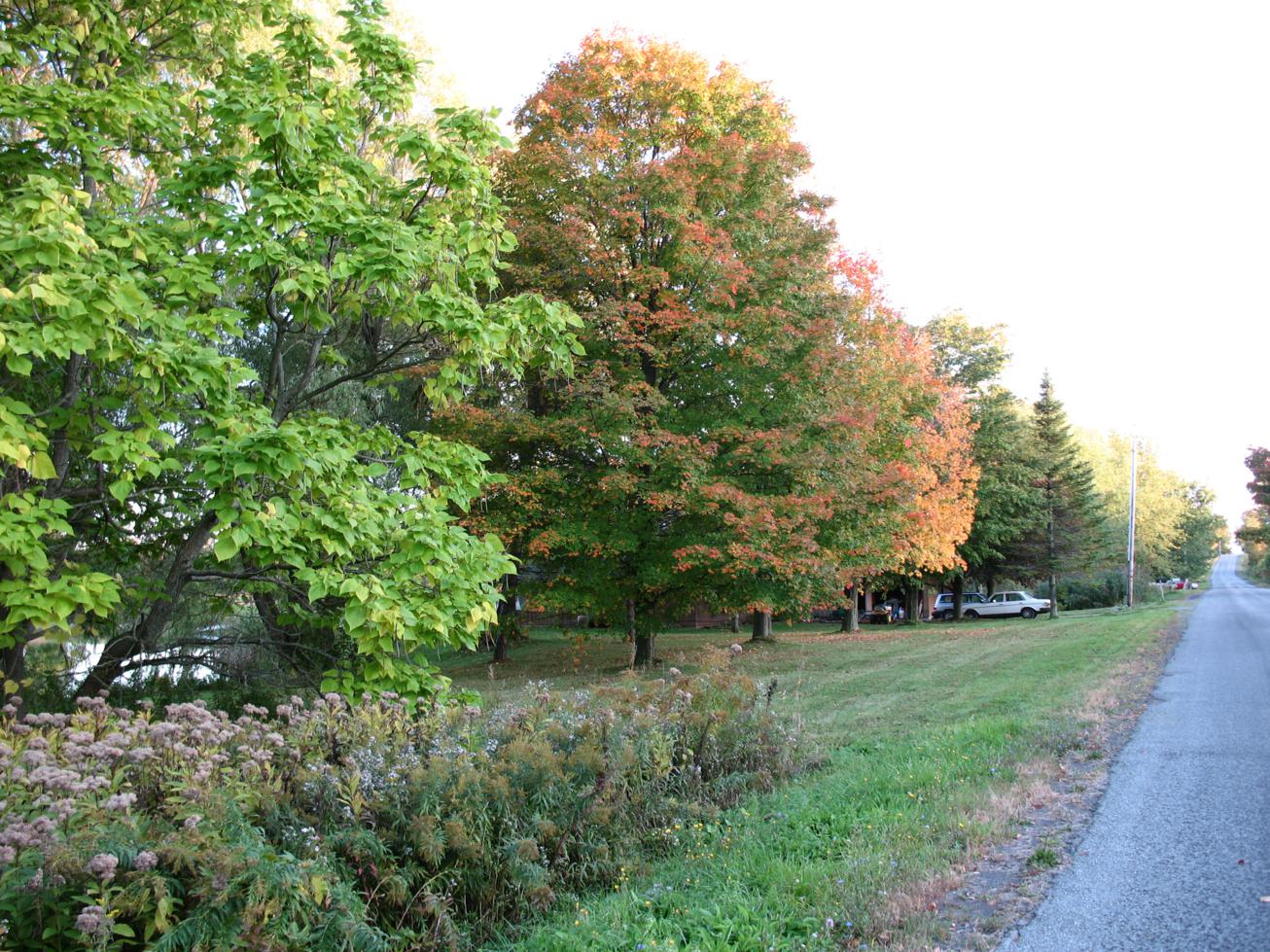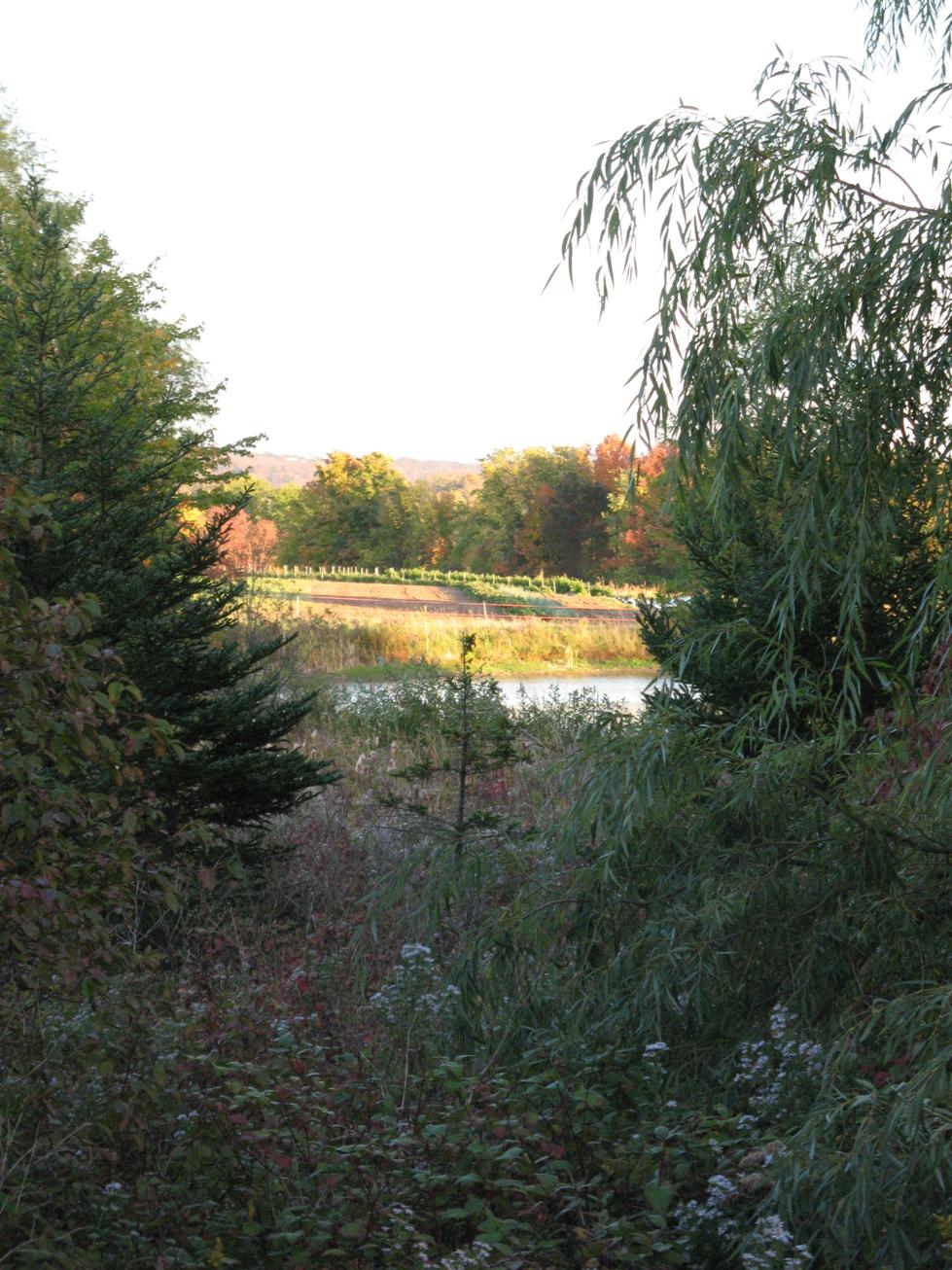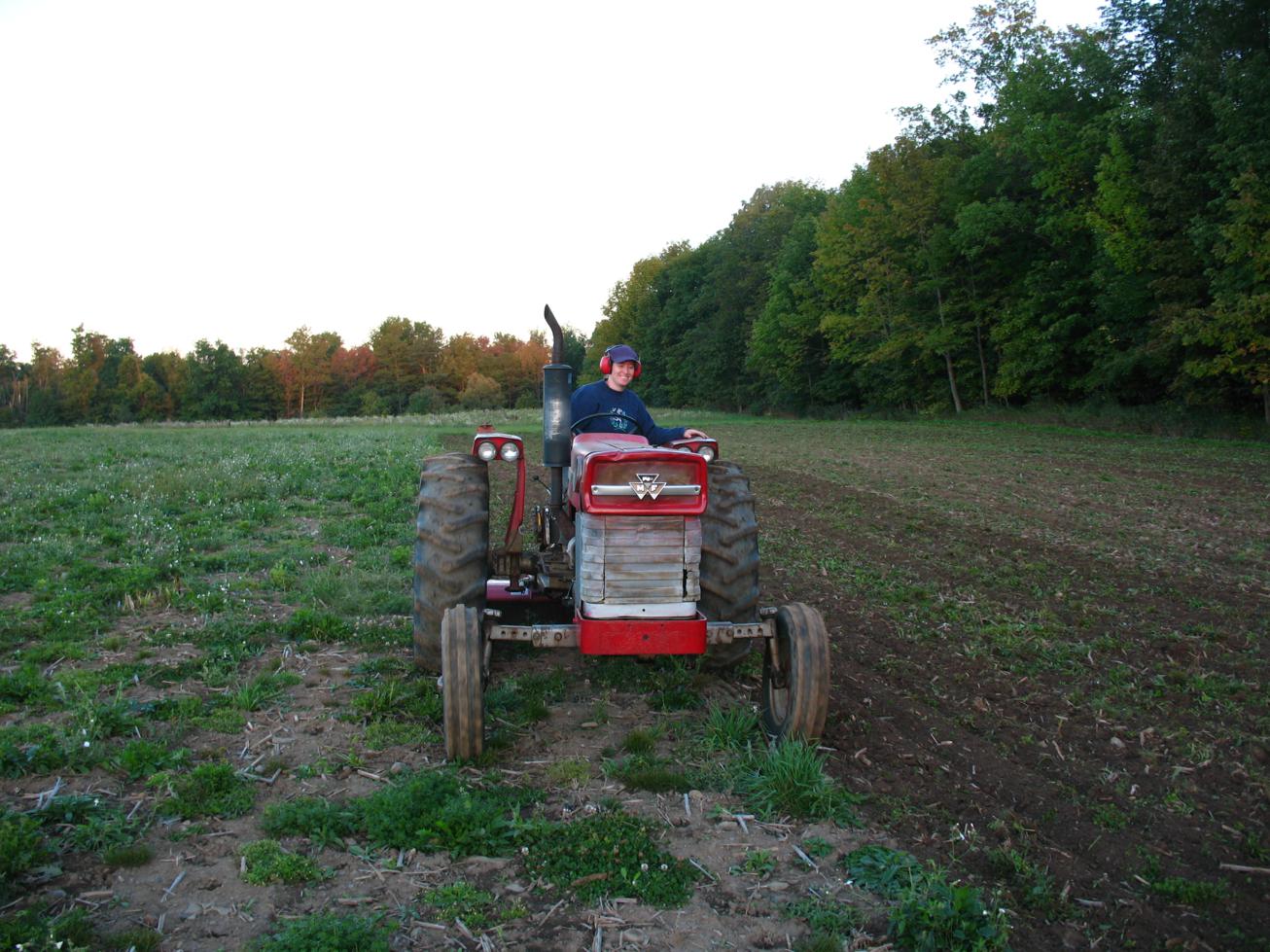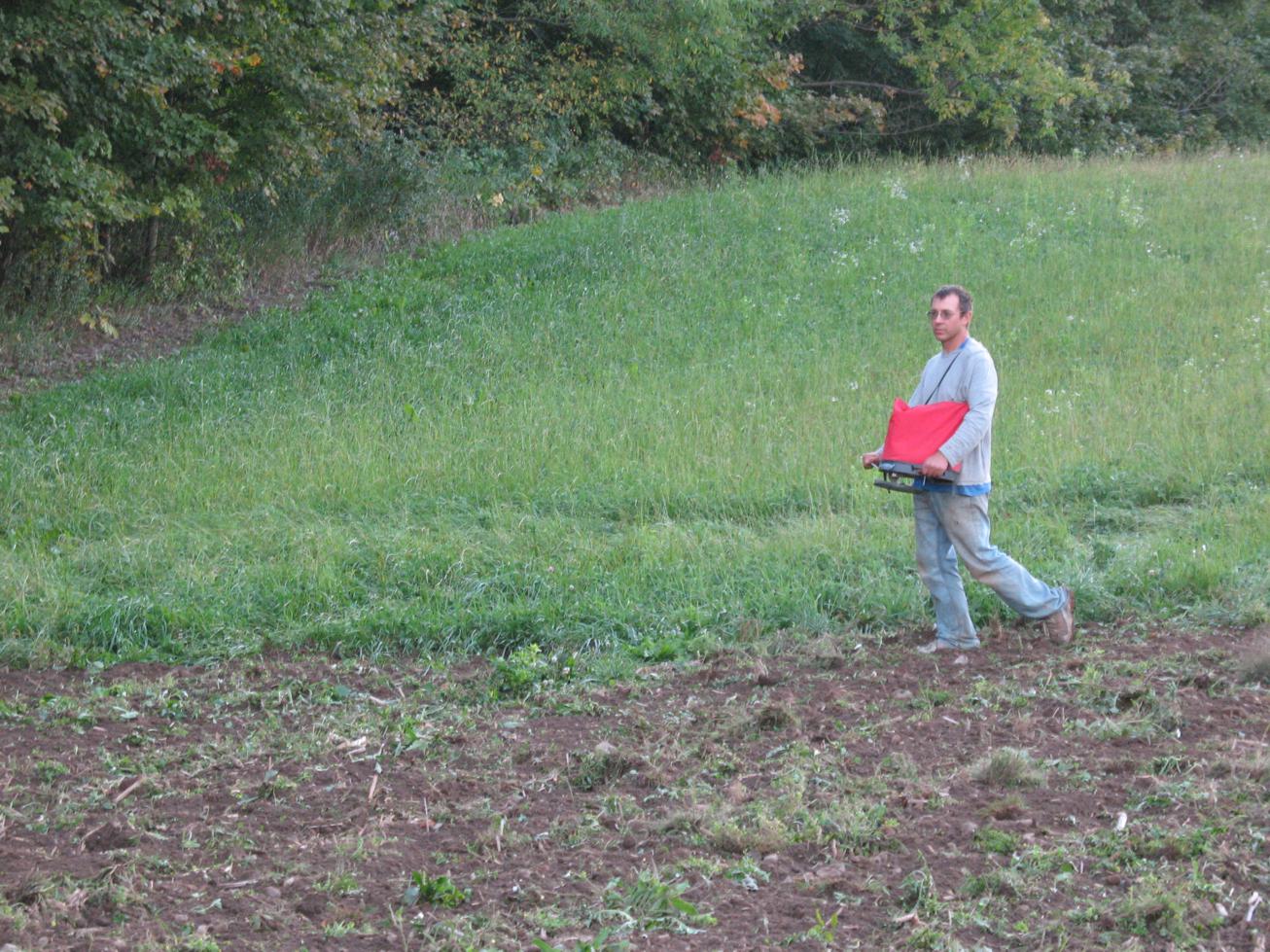Resting and Regrouping!
/After a busy fall on the farm, we've been silent on the blog for a few weeks as we work on re-tooling the website and regrouping from the season. We are working to get the 2013 CSA sign-up material up (hopefully this week)... it's held up as we decide which additional farmers market to add for 2013, since we try to space out market and CSA harvest days!

Folks have been asking what happens on the farm in the winter, and our answer is, "A lot!" First, we do relax a bit, sleep in (well, farmer sleeping in, which means until 6 or so!), and eat a lot more farm food (since we have more time to cook).
We do still have a few things going on in the field. This week's warm spell will likely be our last harvest window to get in the final turnips, radishes, carrots, and beets. After these crops all come into the walk-in cooler (which now doubles as a root cellar), we will roll up all our protective row cover and call the vegetable fields done for the season!
Wood is a big winter project--right now we are bringing in the wood cut late last winter to split and dry further in the greenhouse. We need wood for our house, for our greenhouse (we are switching from propane heat to a wood/oil boiler this winter), and for boiling down maple syrup. Right now, we are just cutting wood at the south edges of the fields (which will reduce shade in the edges of the growing area) and in a section where some of the trees have lots of galls. As the maples grow larger, we will start doing more selective thinning to improve the sugar maple stand (but that's a few years off!).
Out of the woods, we are working on a few building projects, including a permanent wash stand and storage area, a new hoophouse, a better potting area and propagation chamber for the greenhouse, and a slew of smaller construction activities.
The most important work we are focusing on now is in the office! Besides working to revamp and improve the website, we are assessing how things went this past season to see where we can improve things for next year. After this assessment is done, we start working on our crop planning. This is a huge task since it essentially entails figuring out the timing of every planting of each variety of crop we grow--which for some crops is up to 20 plantings and 15 varieties! We need to complete this by early January in order to get our seed orders in.
We'll get some more winter pictures of the fields up soon!
Early Fall Photo Tour
/Planting Cover Crops--Winter Rye!
/This growing season is nowhere near over, but we are already doing a fair bit of work to prep for next growing season! As crops finish producing, we've been tilling them in and putting buckwheat in the beds in their place. At this point, most of the buckwheat is mowed down and we are planting our winter cover crops. Cover crops are important on most farms, particularly newer ones like ours, where the soils can use some improving.
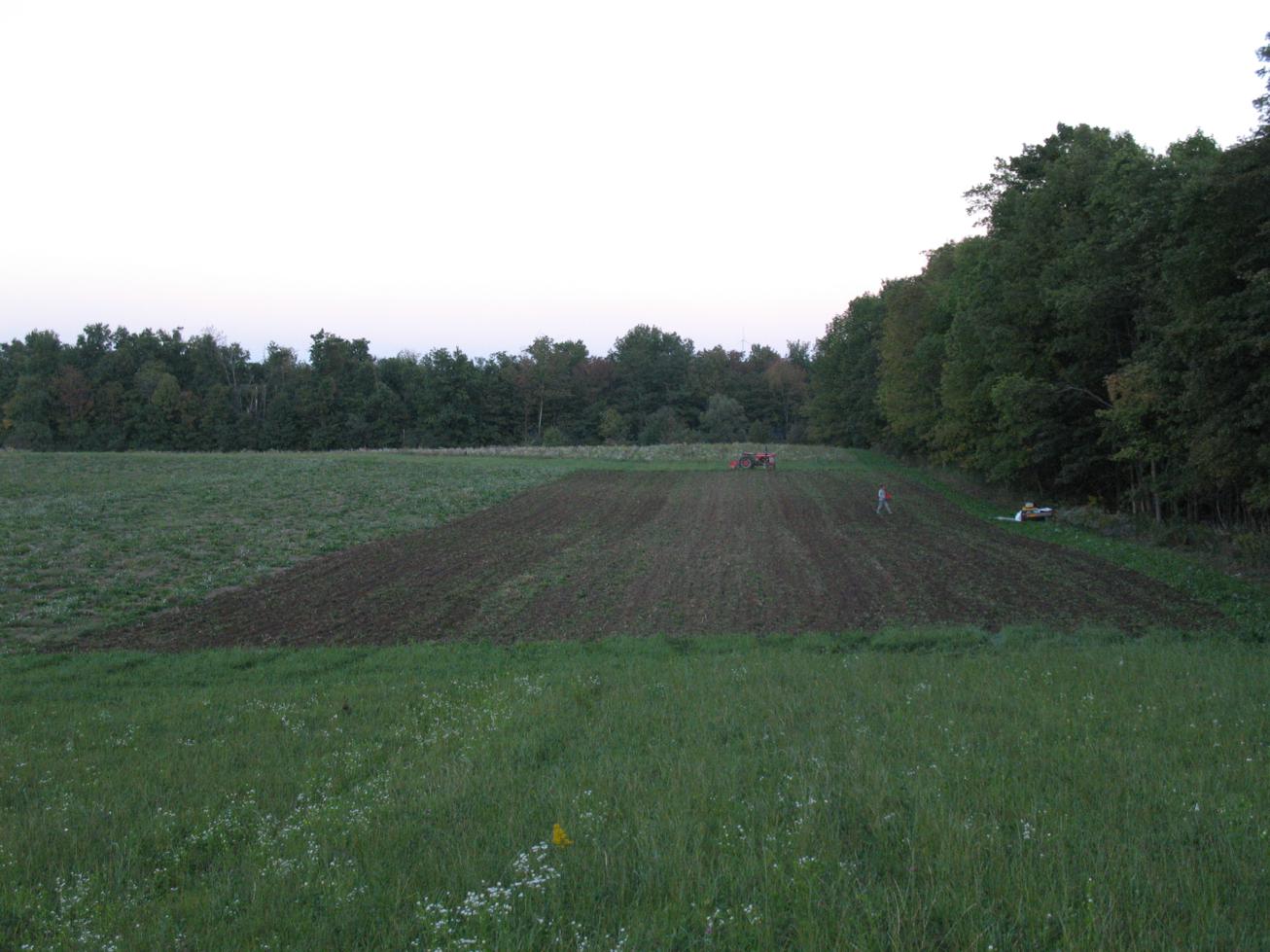
"Cover crops" or "green manures" include a wide range of plants. They are crops that are planted, not to be harvested for anything in particular, but rather to cover and protect the soil, or to be tilled in green to enrich the soil.
Our cover crops will add organic matter to the soil (this will happen when we till them in next spring), which helps improve both soil drainage and water retention. They also protect the soil from compaction and leaching over the fall and winter--bare soil can be beaten down and compacted by rain and snow (this is what happened in our fields over the past few winters), which makes it harder for plants to grow the following year. Also, when there is a lot of rain, nutrients can drain out of the soil. Cover crop plants hold on to these nutrients with their roots. Finally, some cover crops (those in the pea or legume family) are able to pull nitrogen, a key plant growth nutrient, out of the air and fix it in the soil in a form that the following crops can use (in essence, free fertilizer!).
Since we don't yet have animals and their manure on the farm to make compost to improve our soils, we are relying on these cover crops to help us out on the nutrient front.
The crops we are using are: oats with field peas, winter rye with hairy vetch, and straight winter rye. The oats and peas will grow this fall and die over the winter, leaving a mulch layer of plant growth protecting the ground--we are planting them in the first areas that we will work up next spring. The winter rye and hairy vetch will keep growing next spring, so we are planting them in areas that will have summer crops. Peas and vetch both are legumes that fix nitrogen, so they are key in these mixes.
Winter rye, when tilled under in the summer, has alleopathic properties as it decomposes. This means it will inhibit any other seeds from germinating near it, which has the added benefit of helping us against weeds! For the straight winter rye, which we are growing on areas slated for fall crops in 2013, we will be chopping down the mature rye stalks to use for mulch in between beds of the summer crops. Let's hope we get the rest of our cover crops in the ground before Tuesday's rain!



